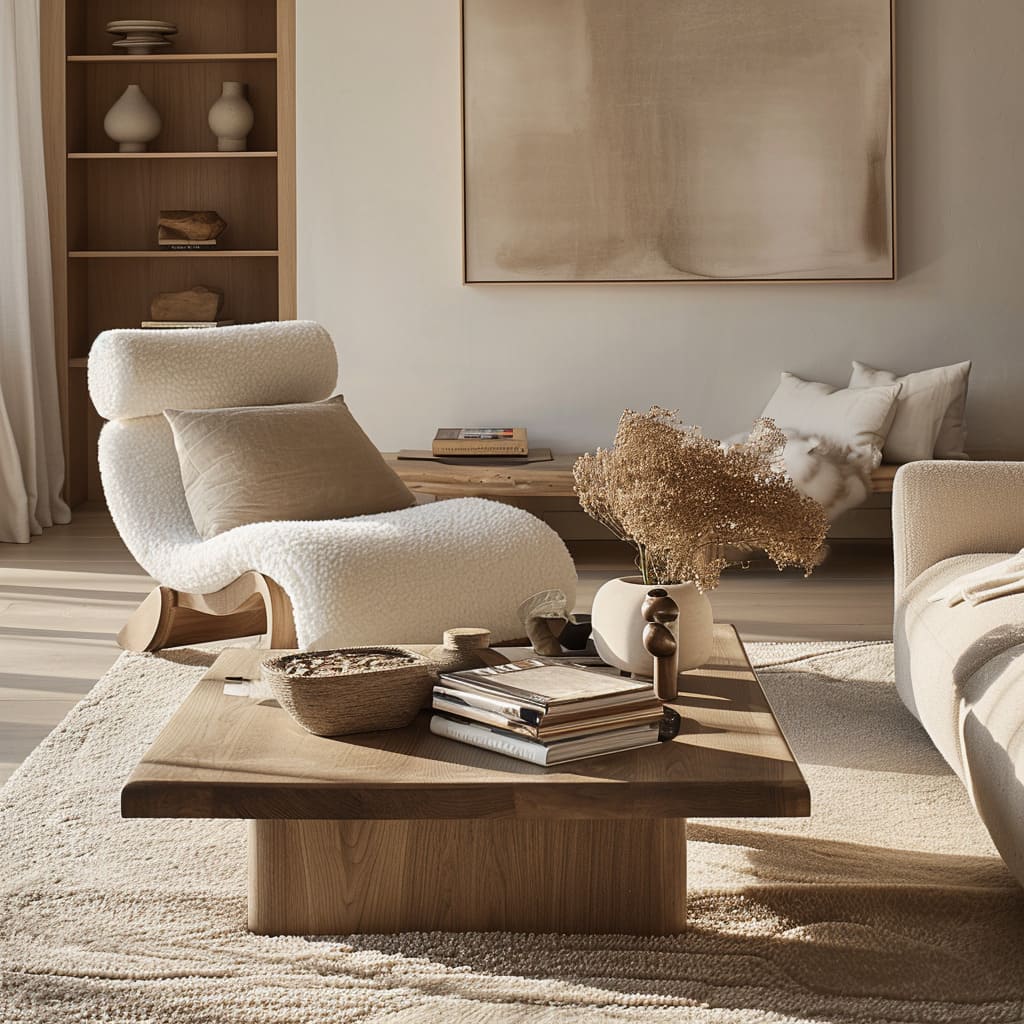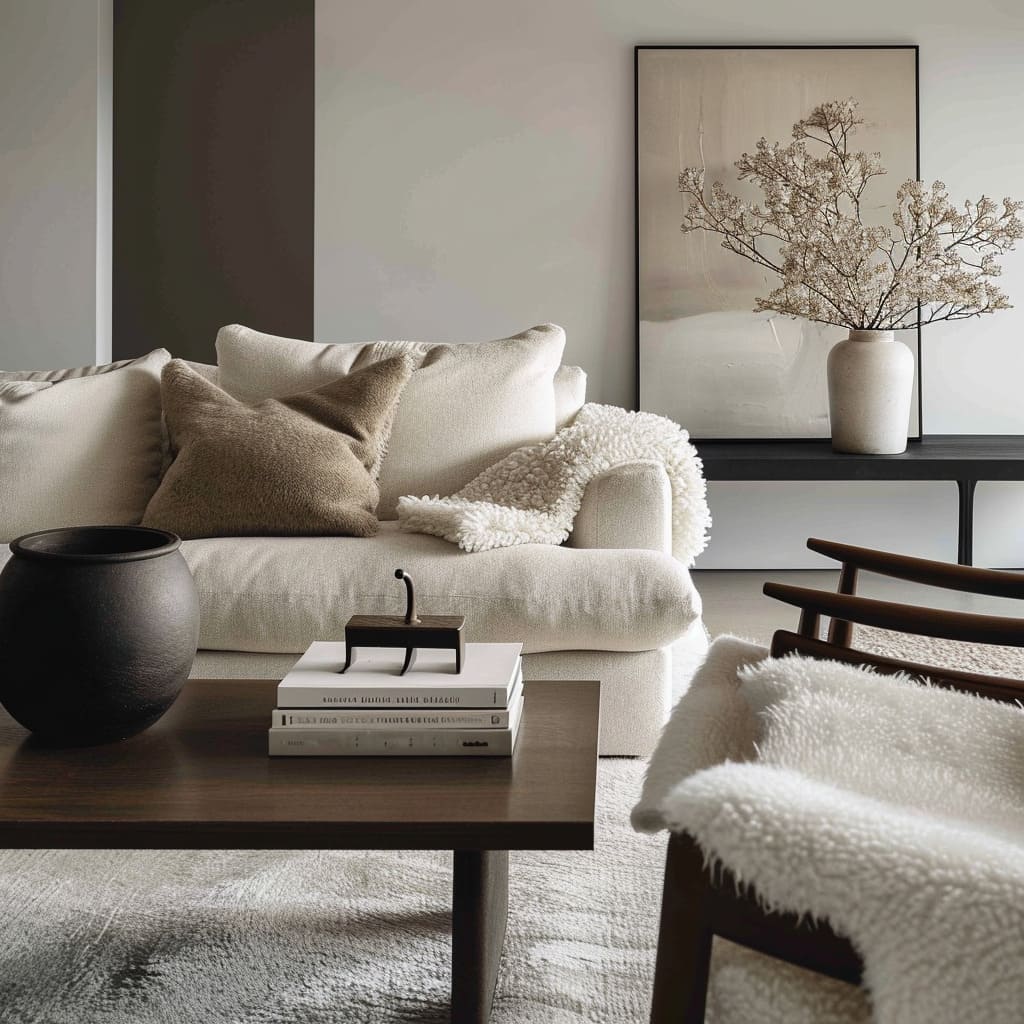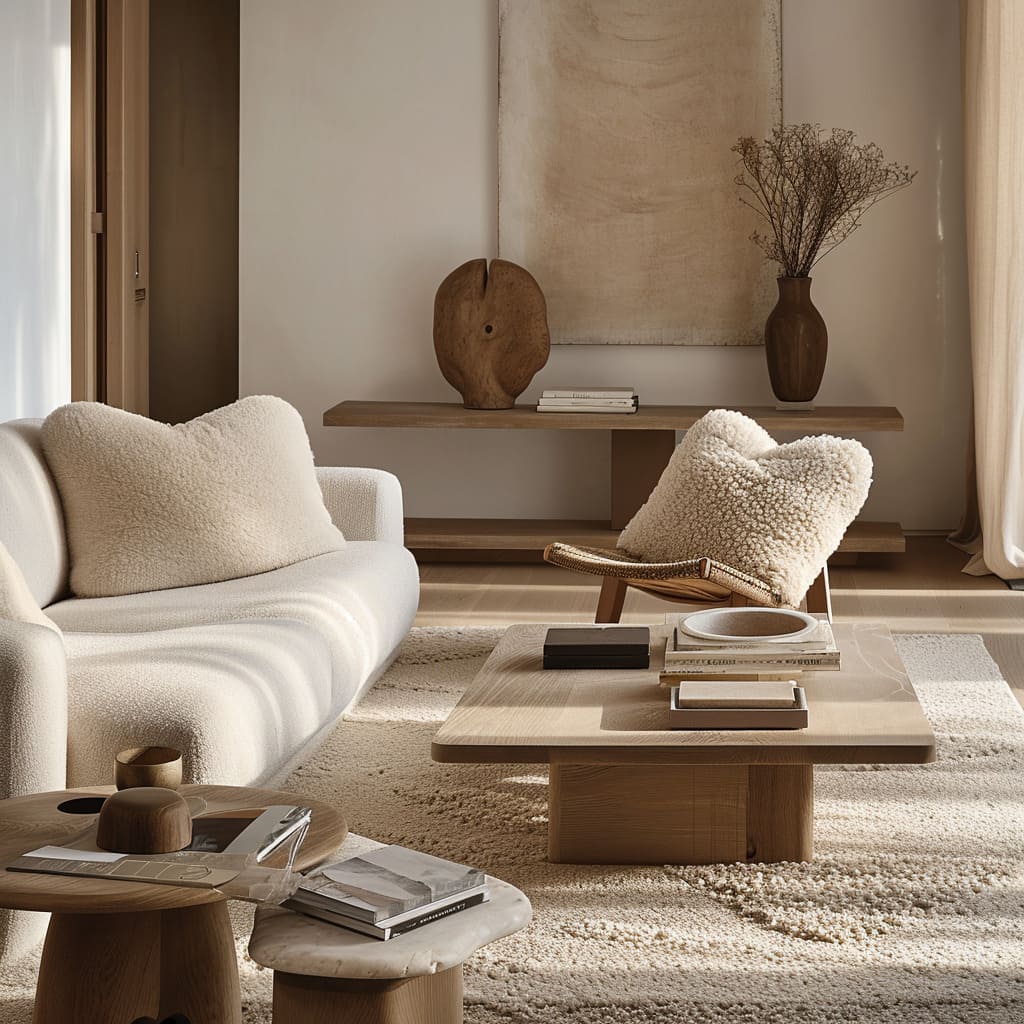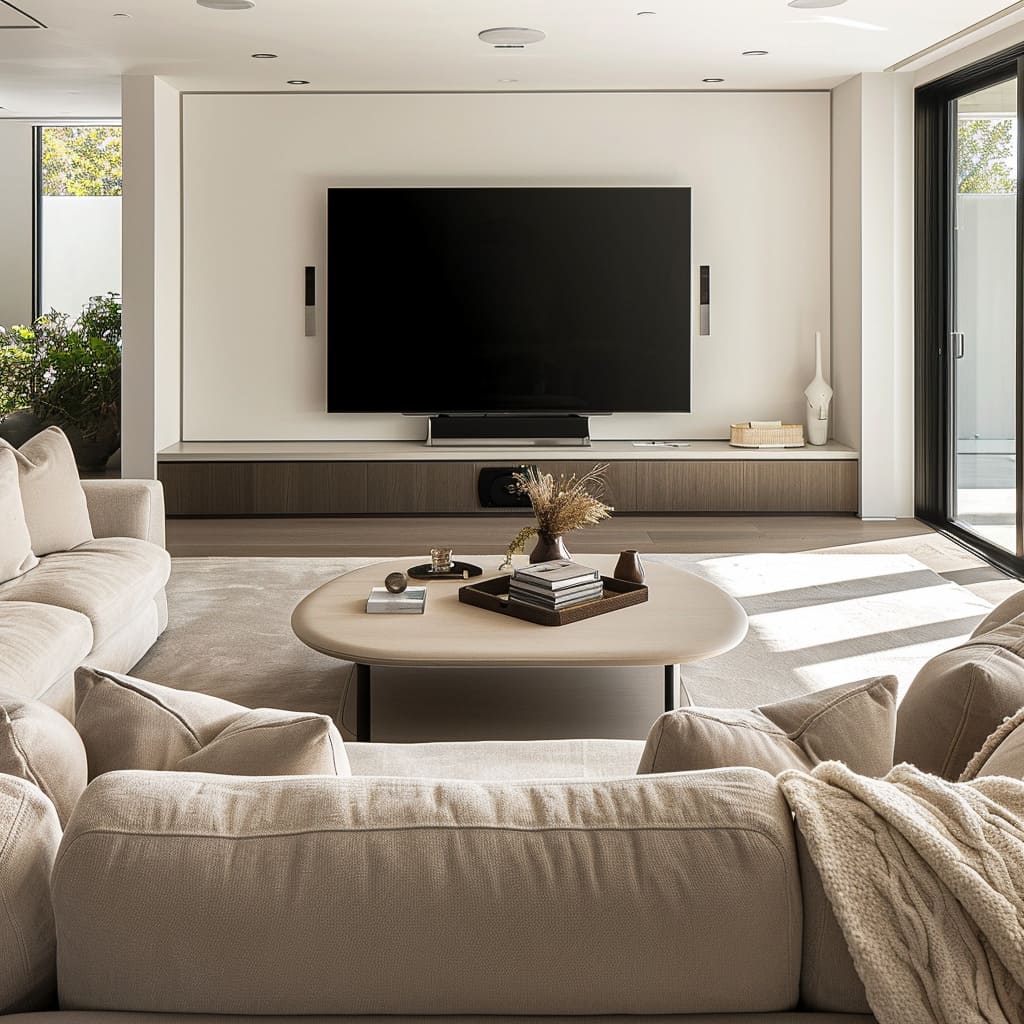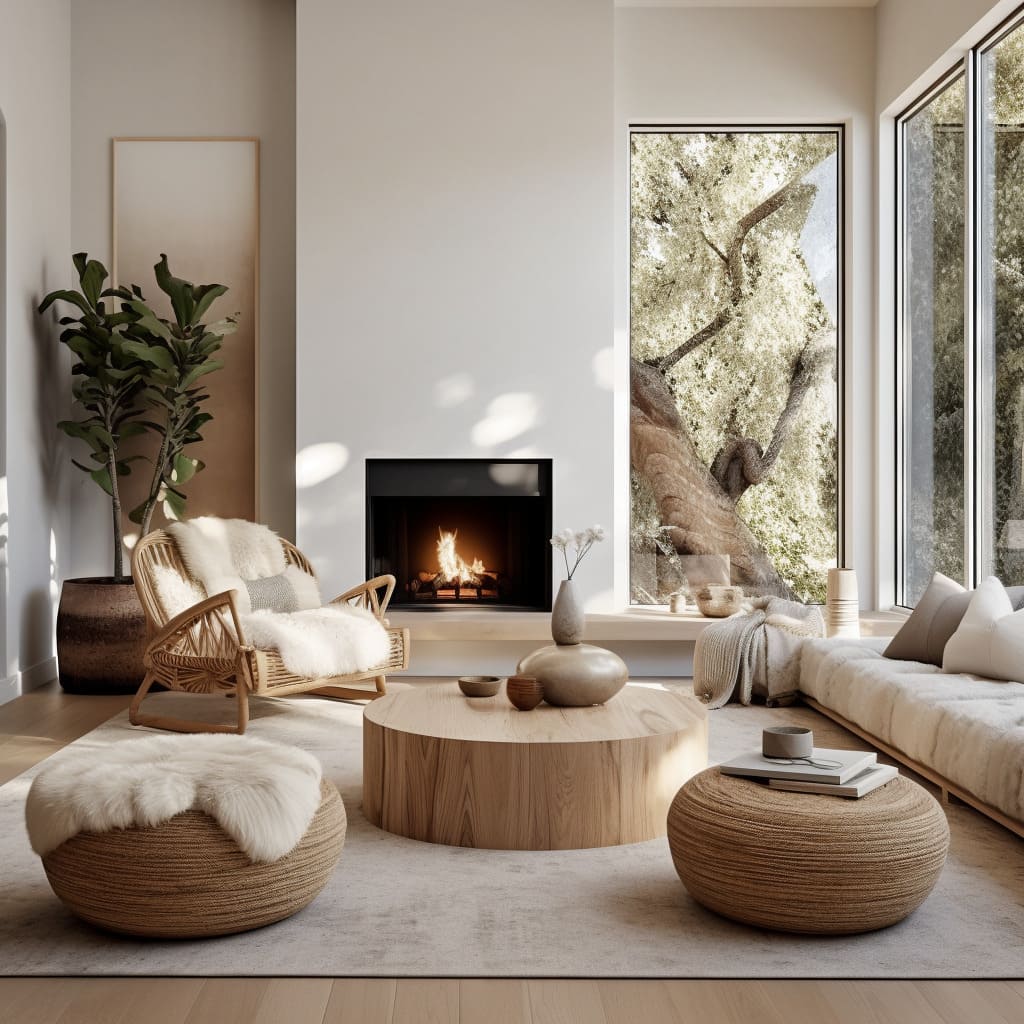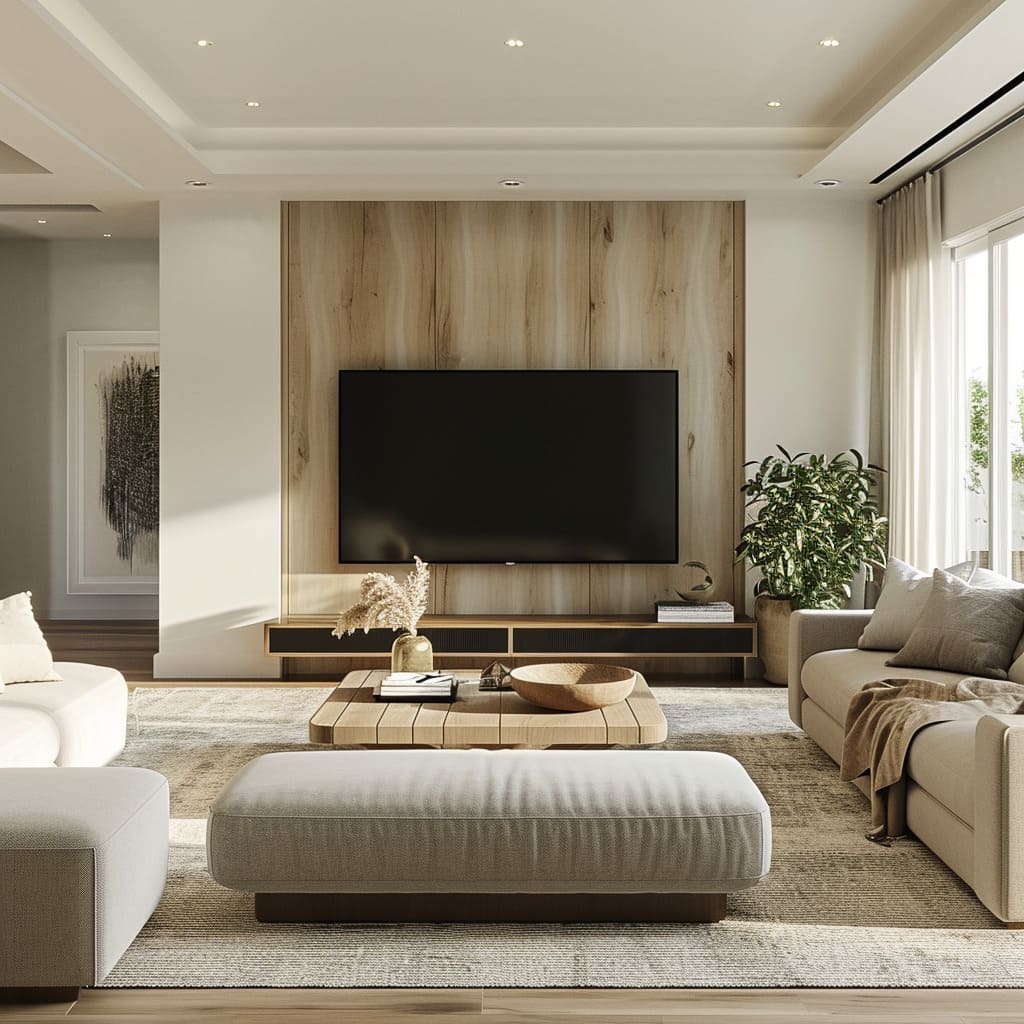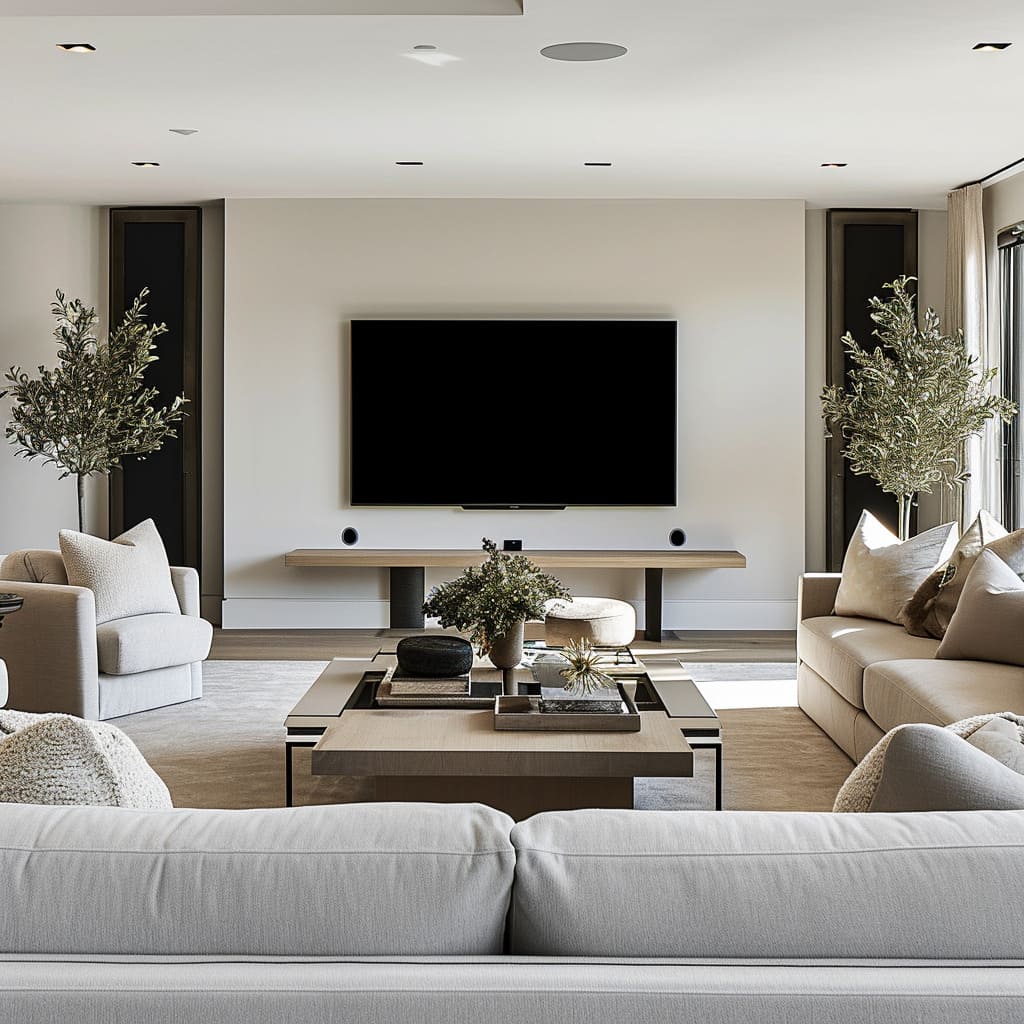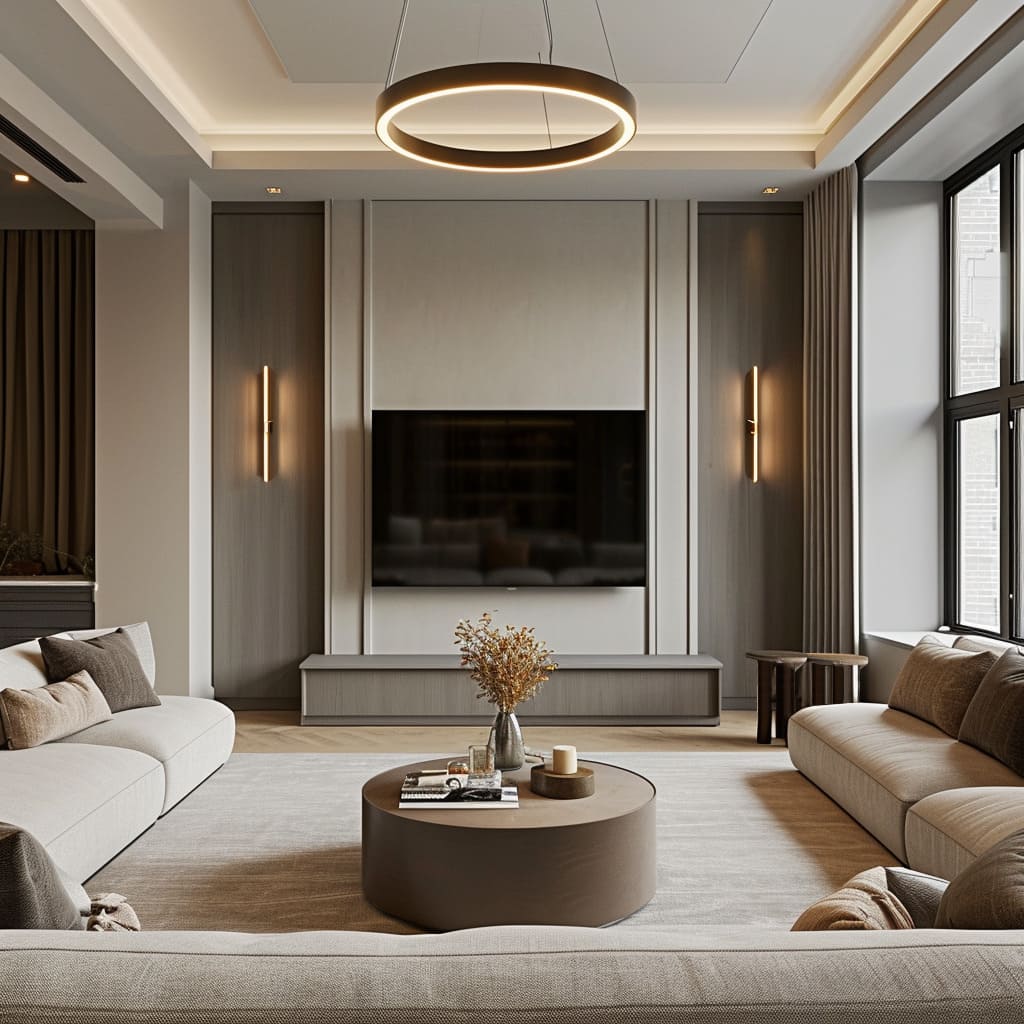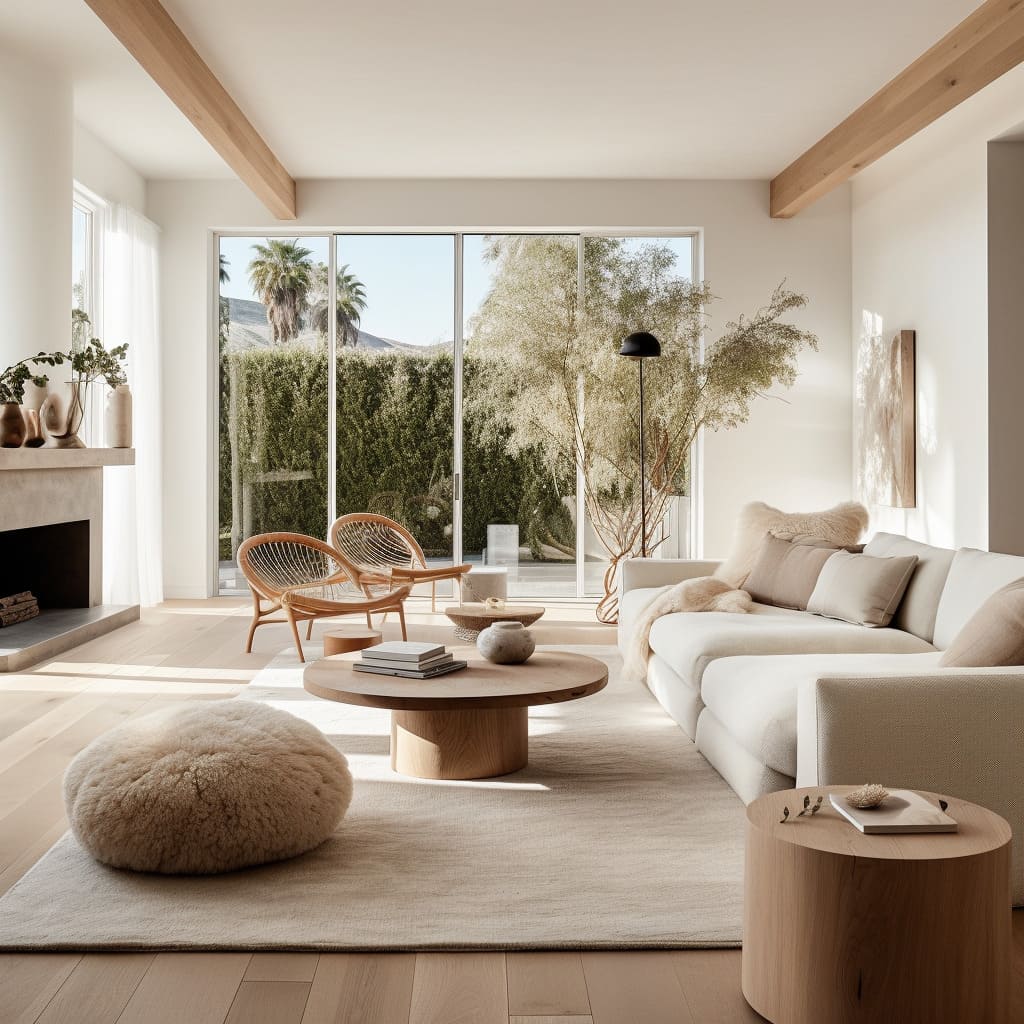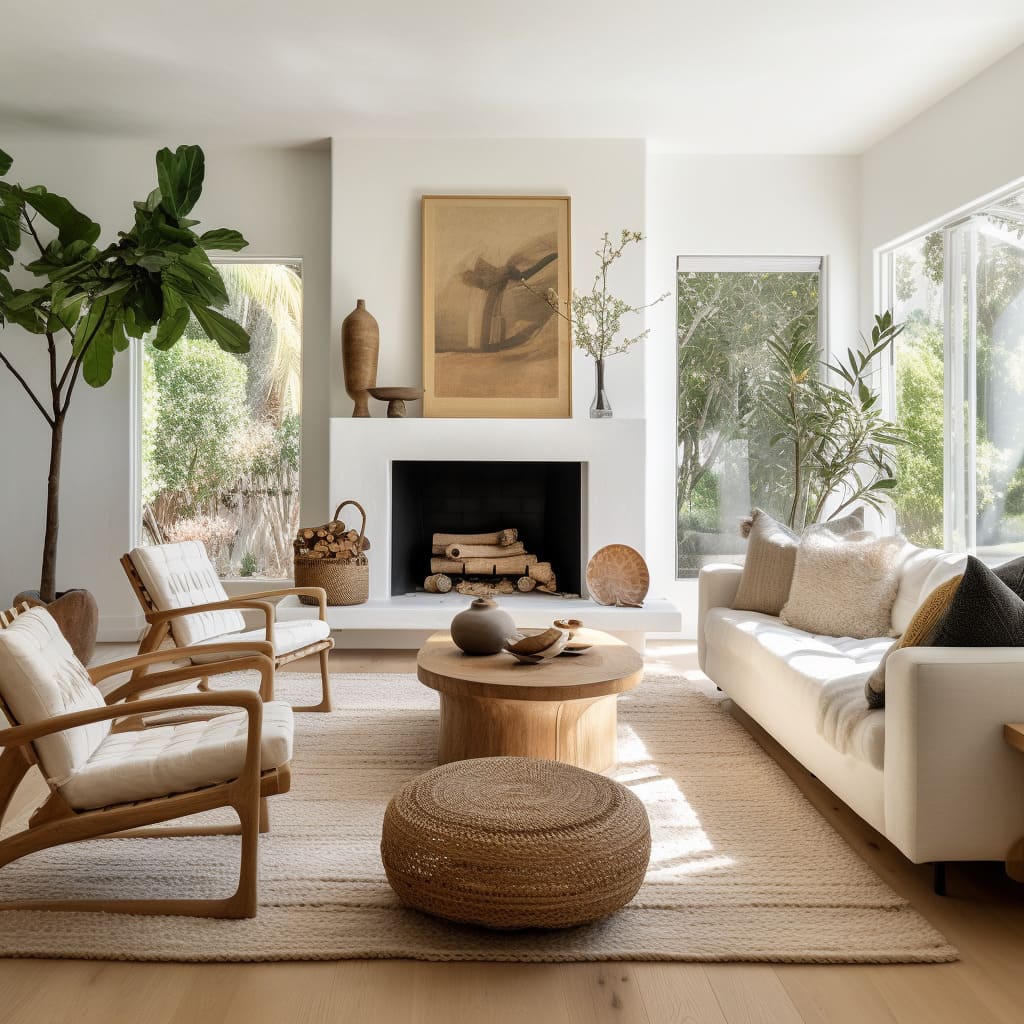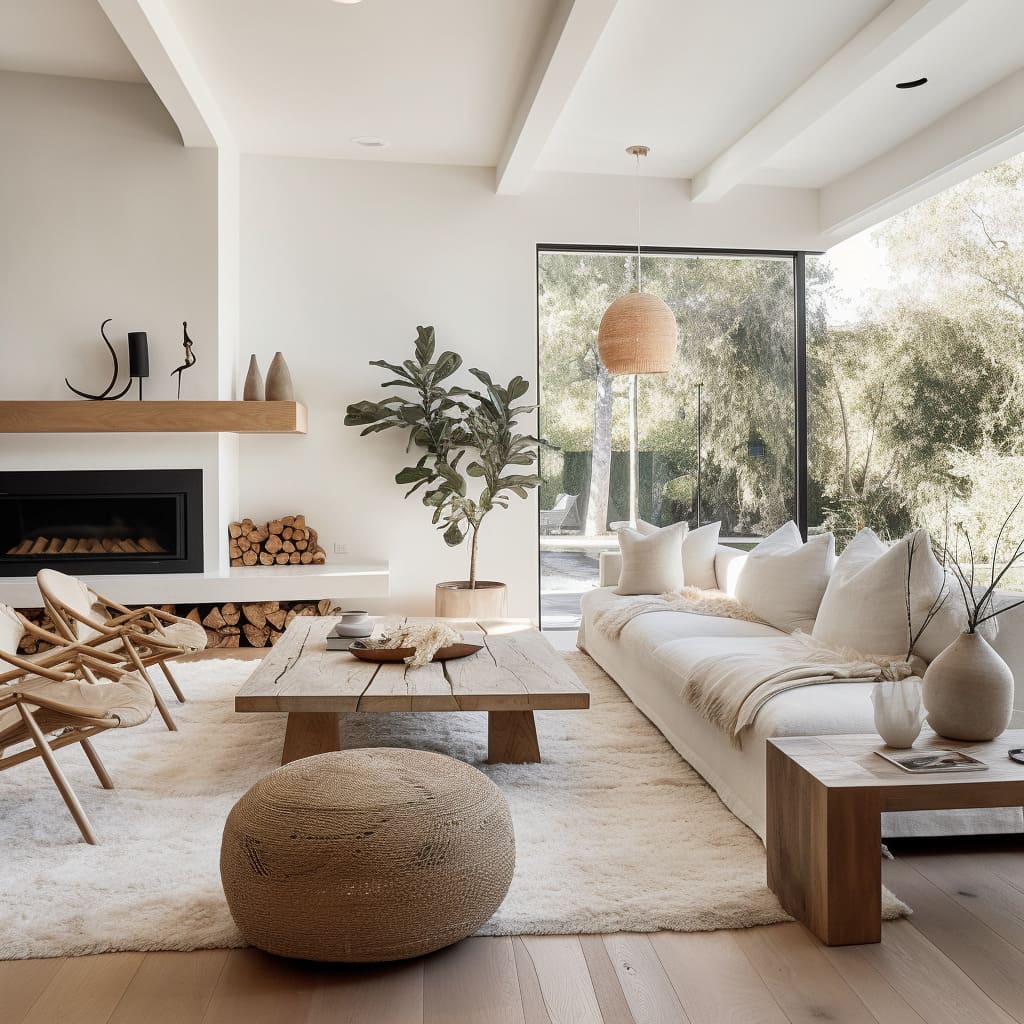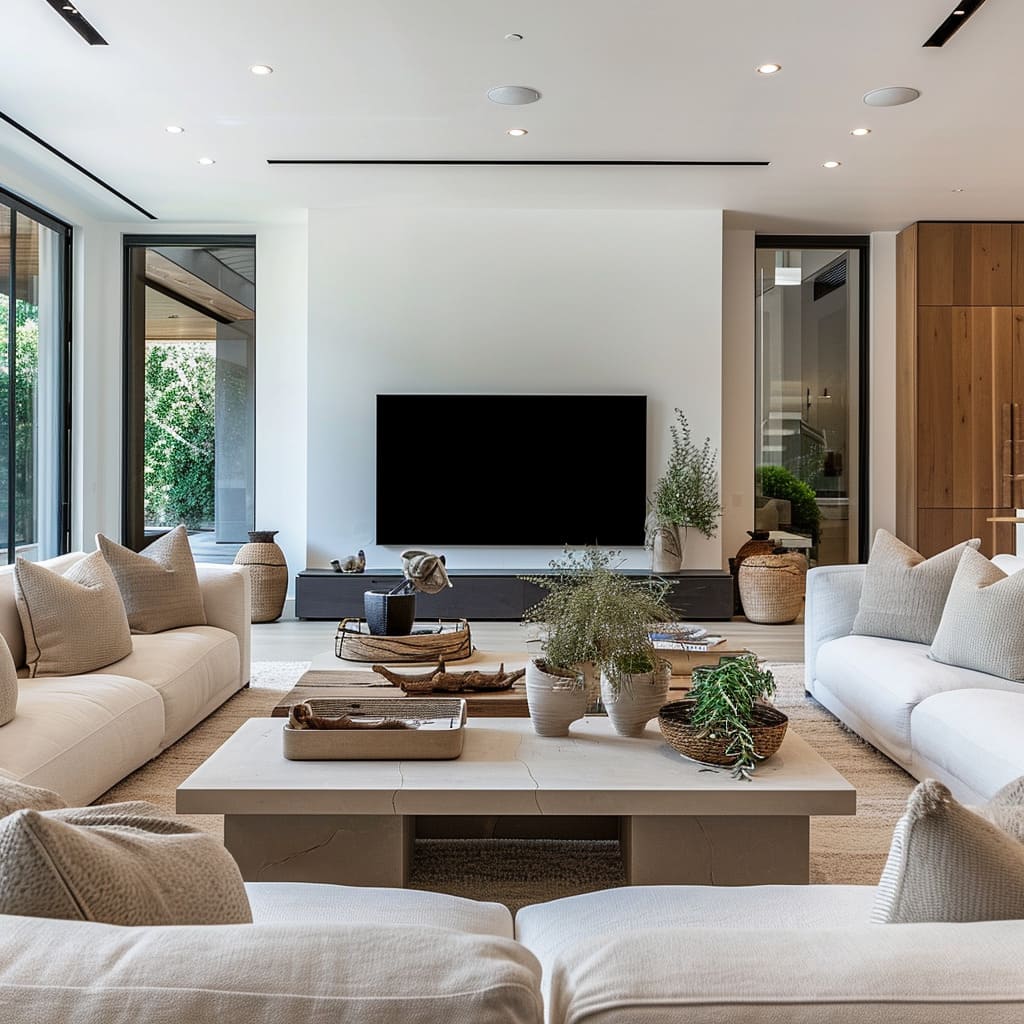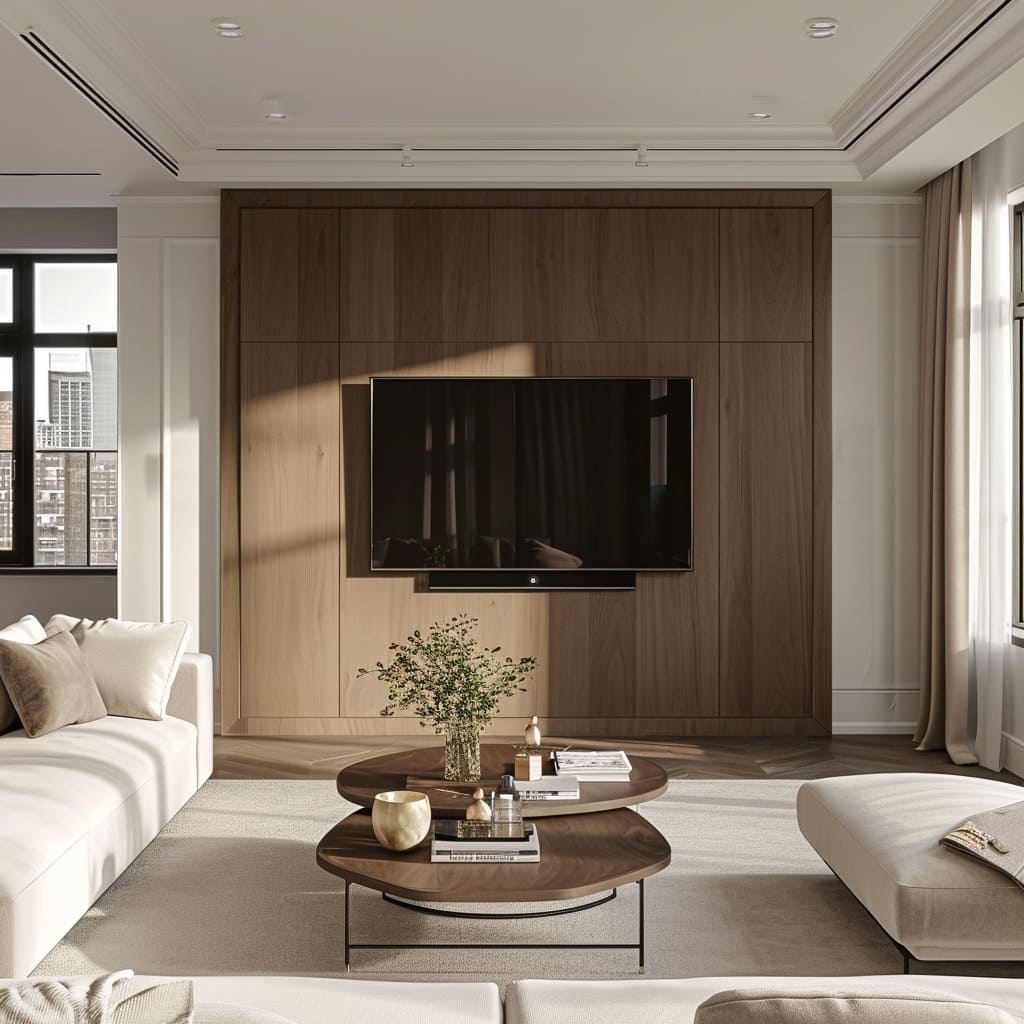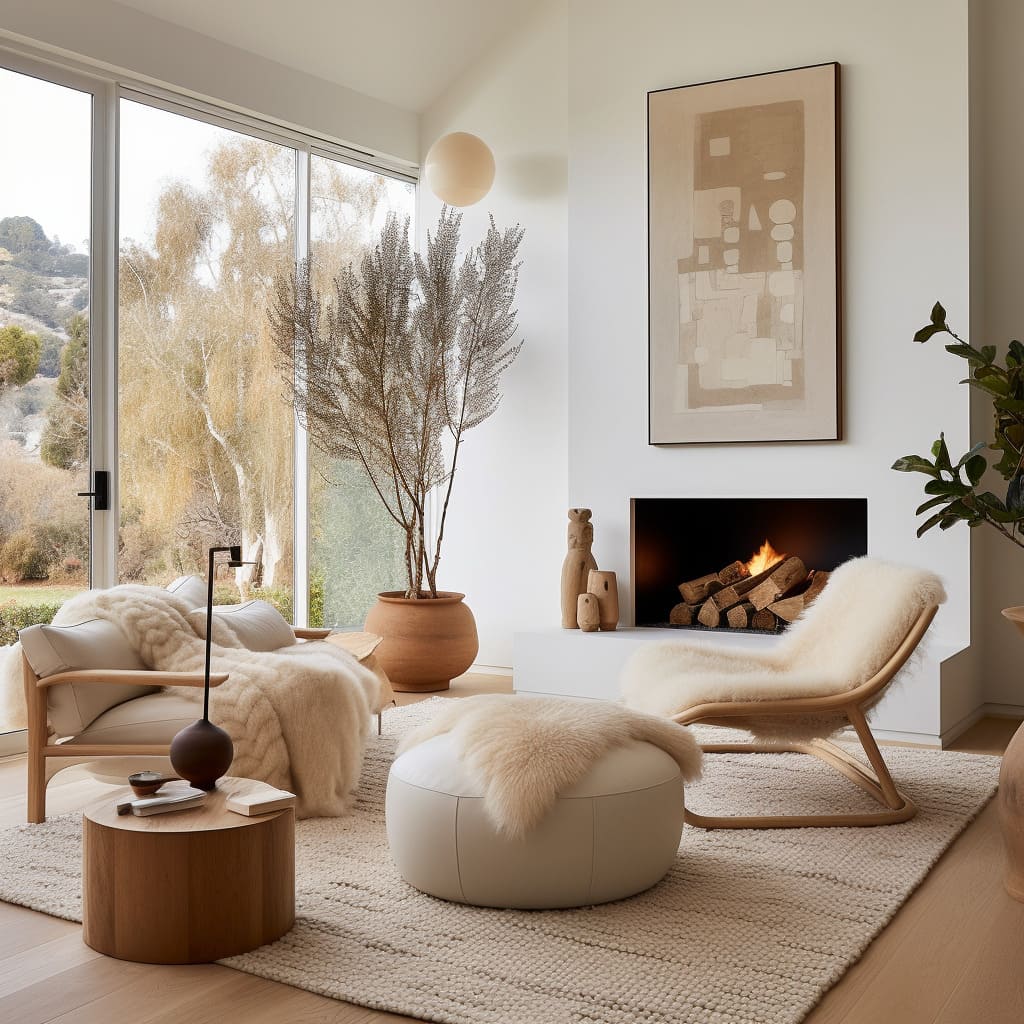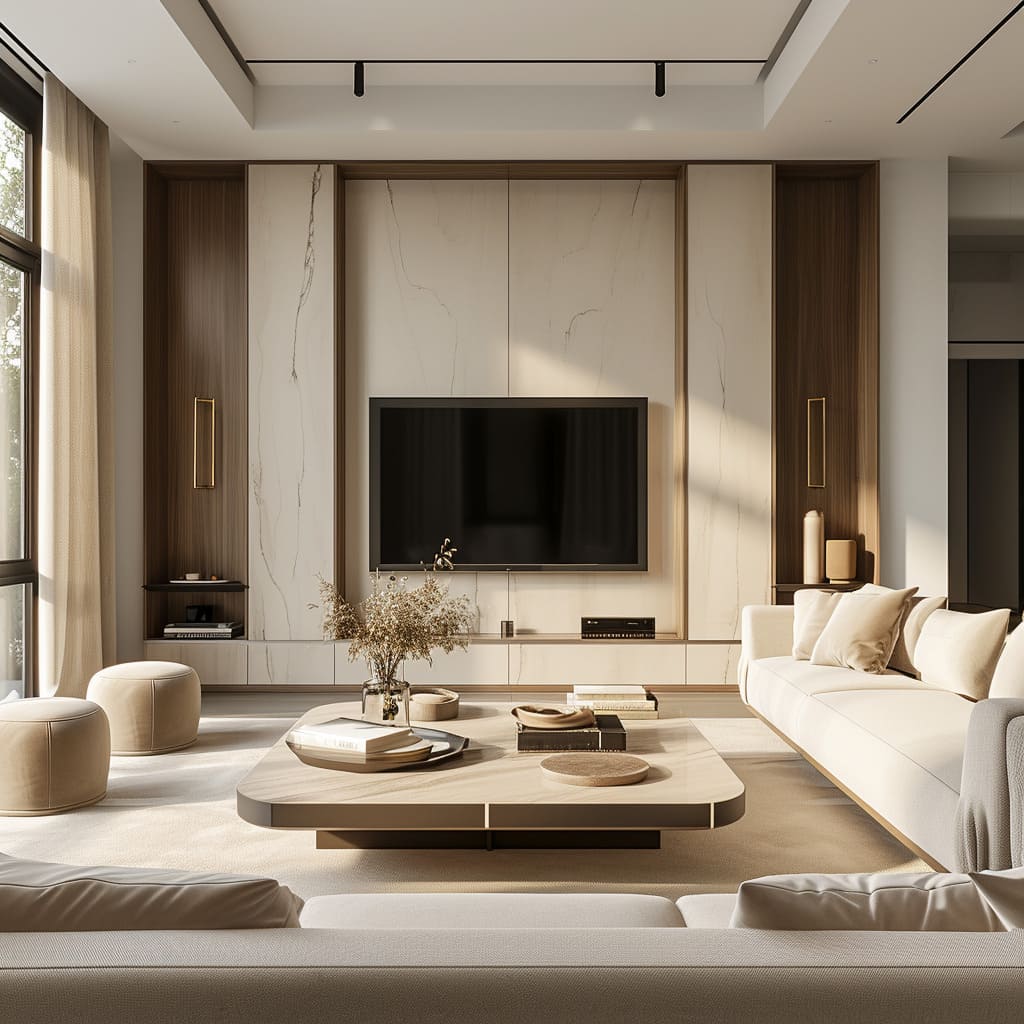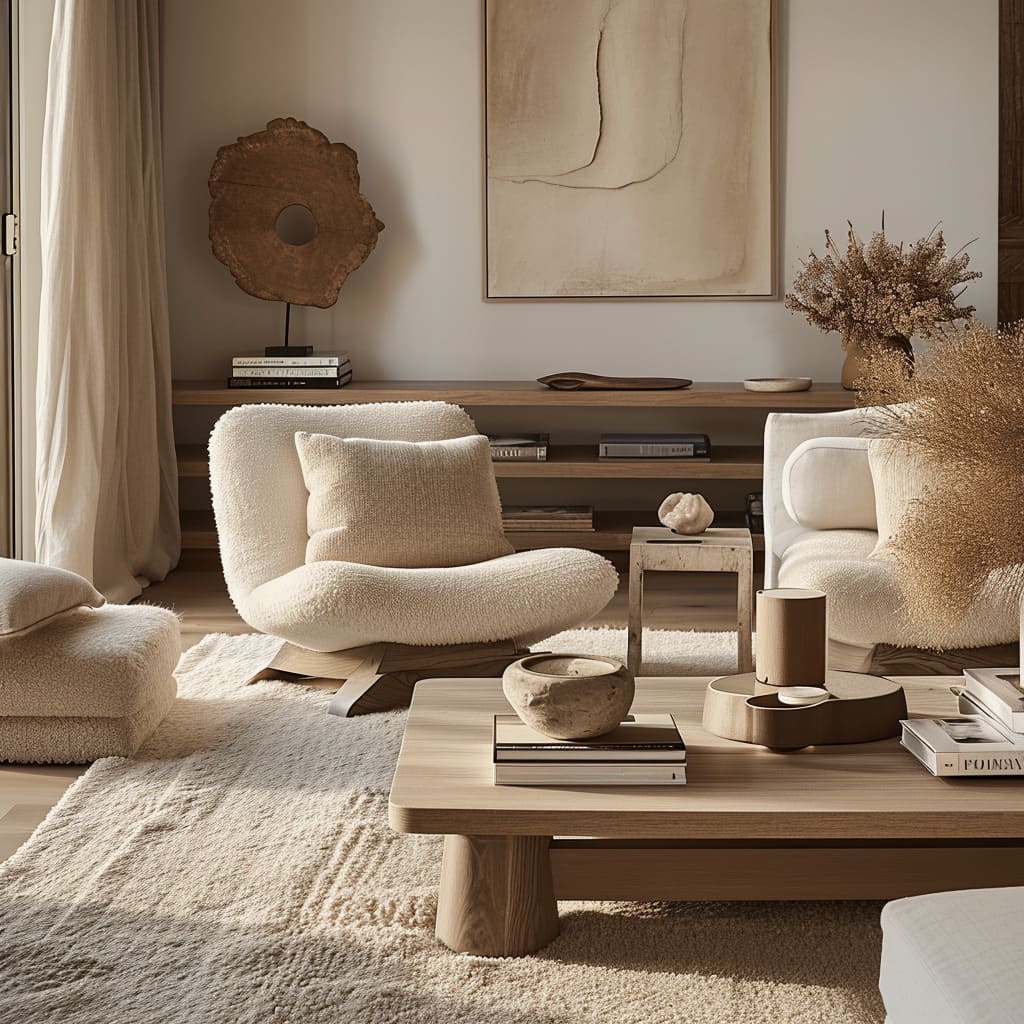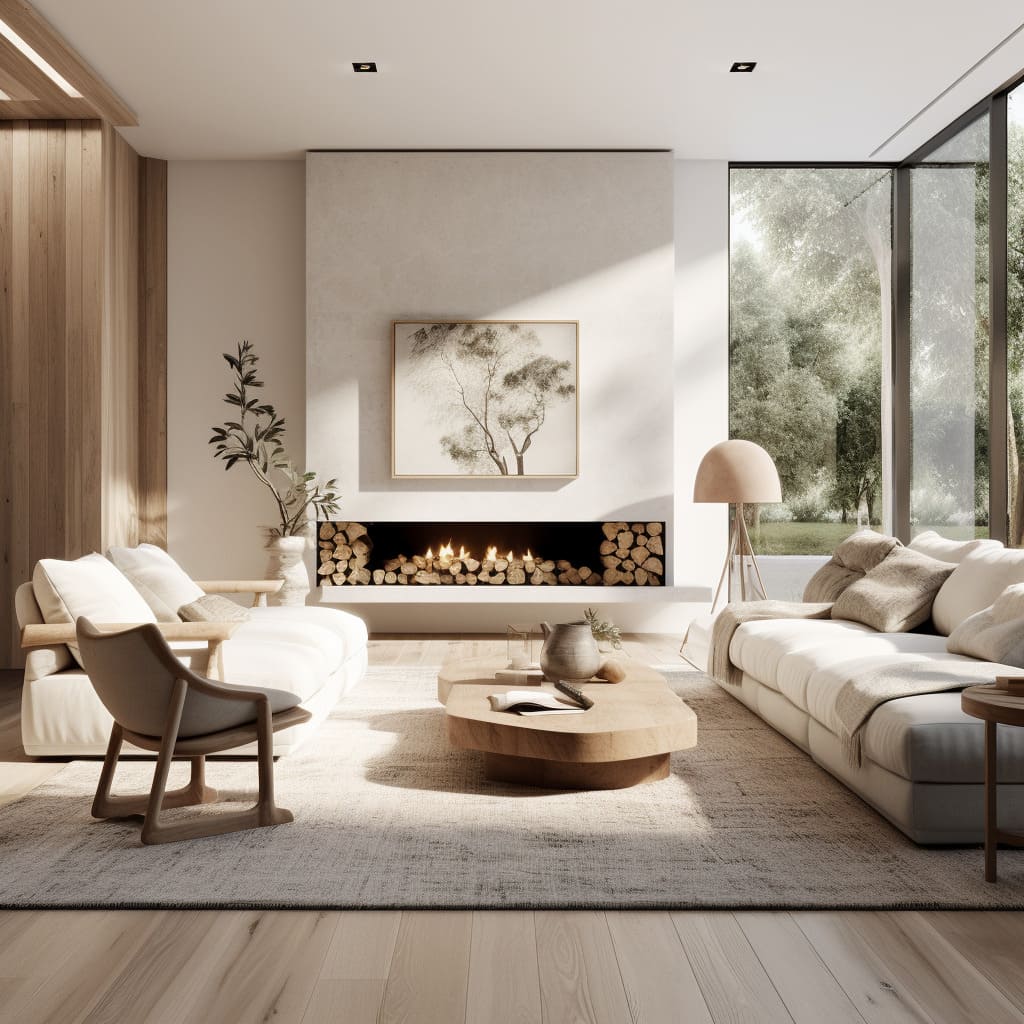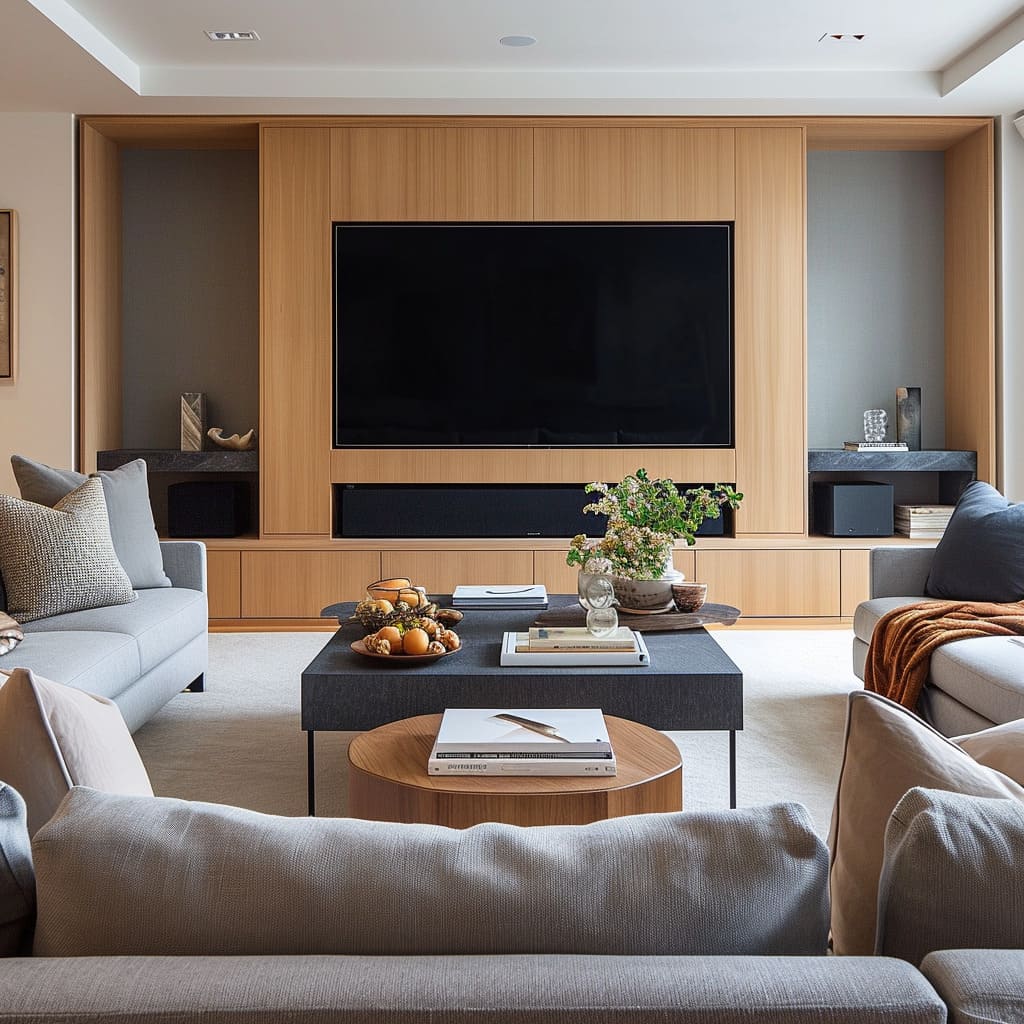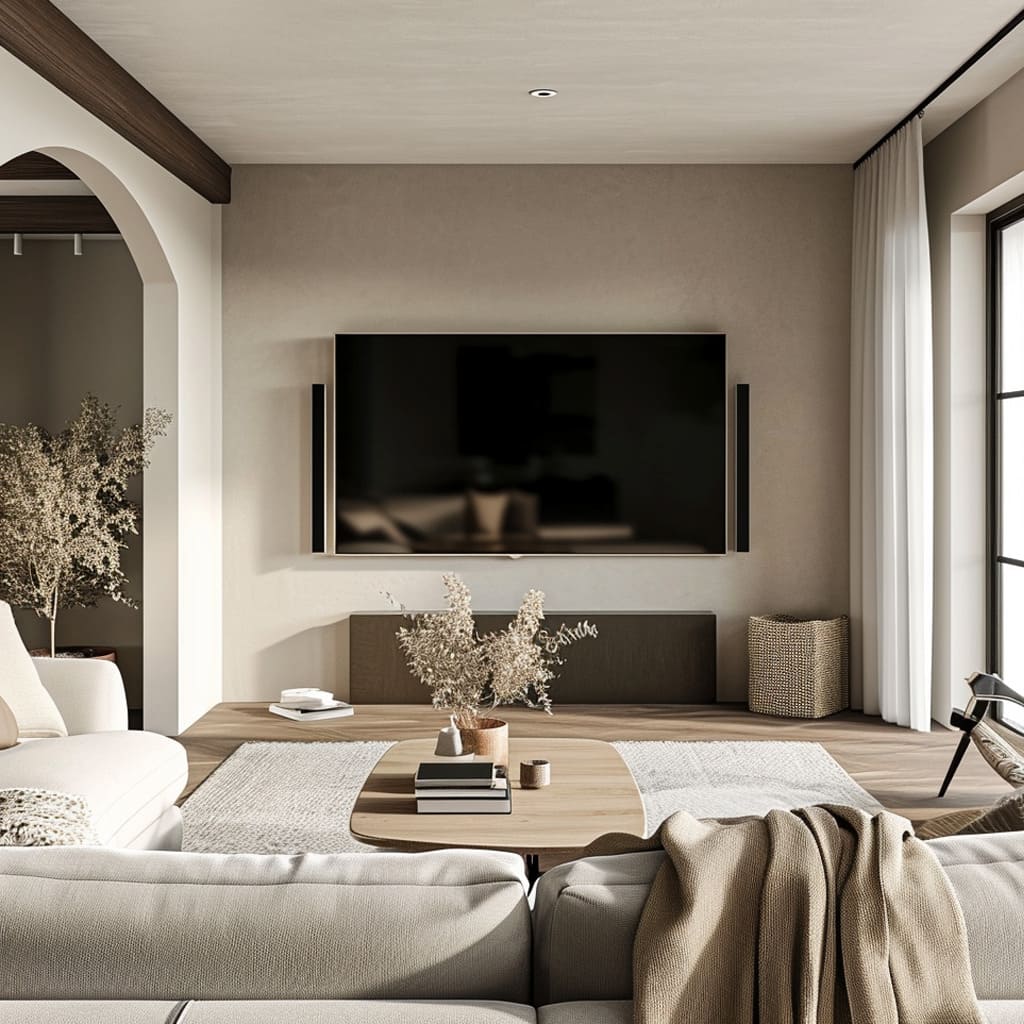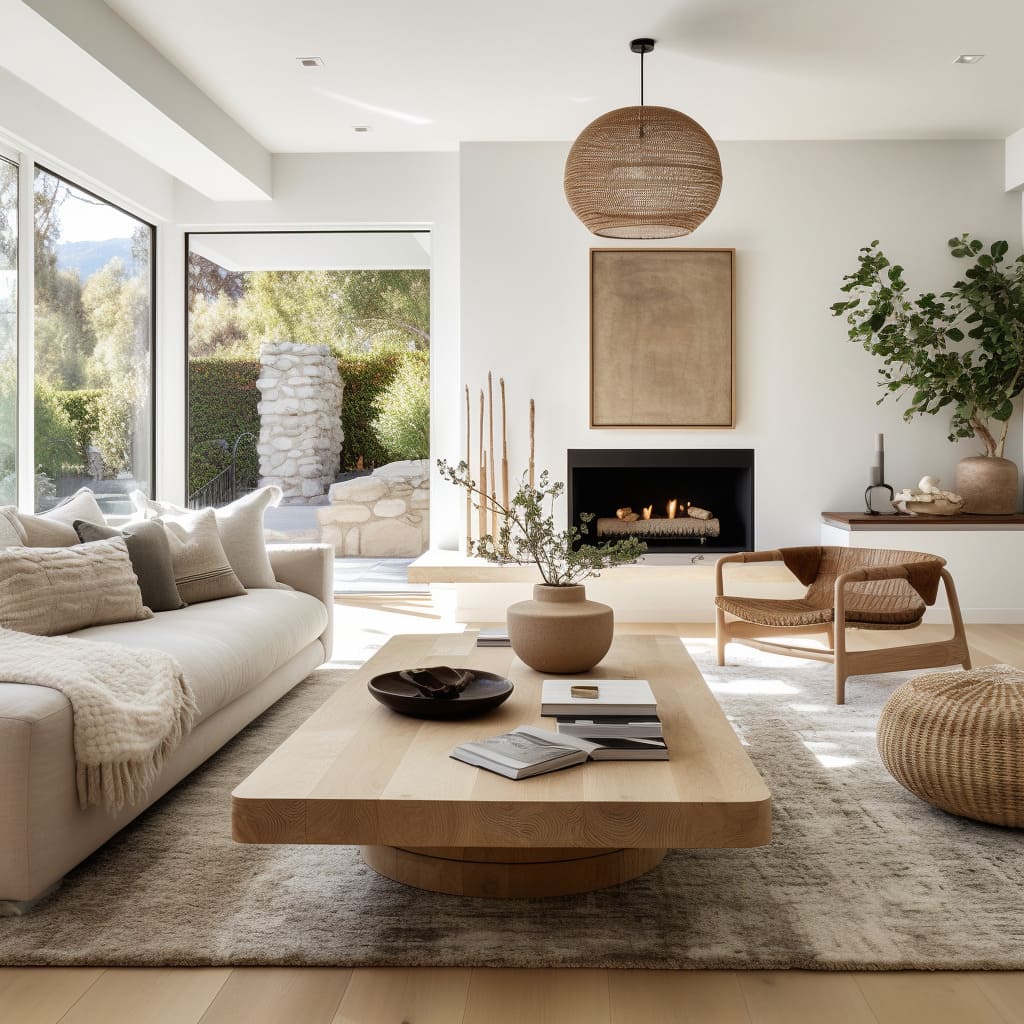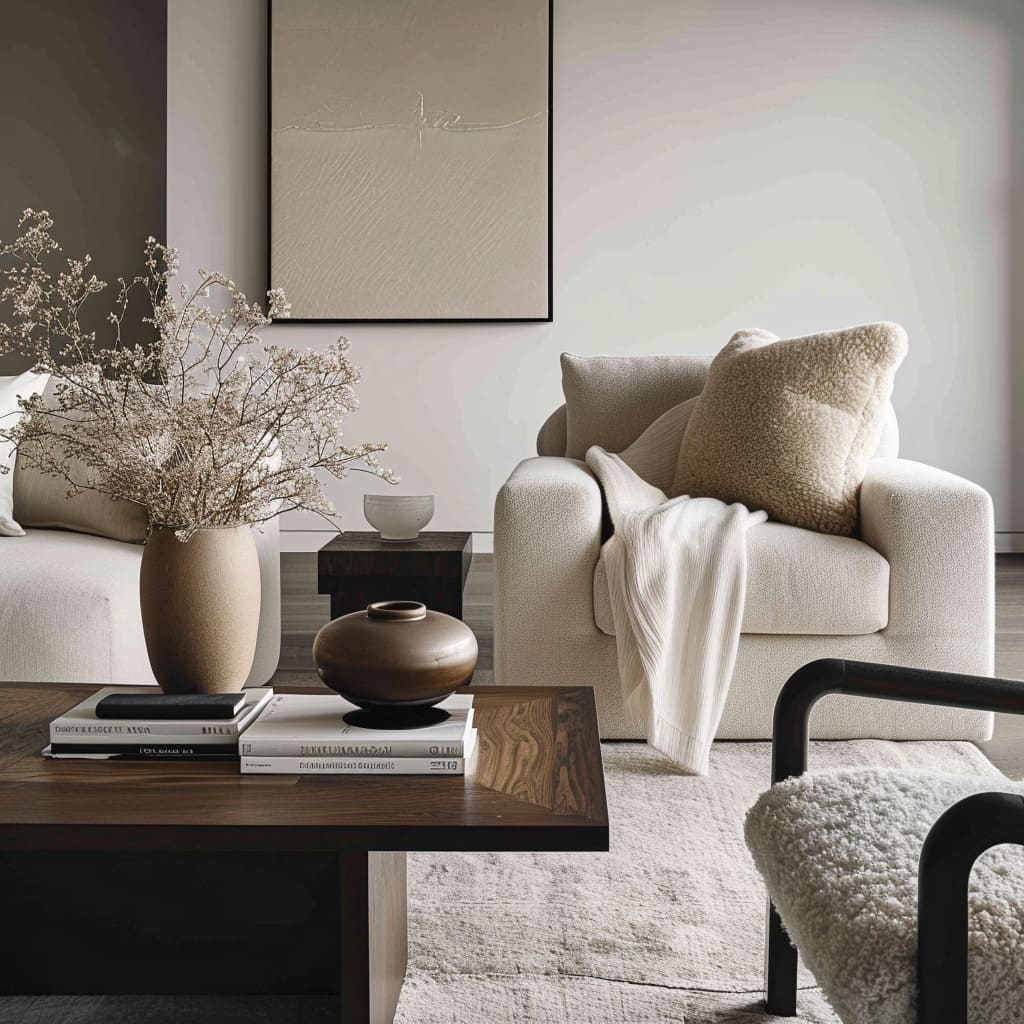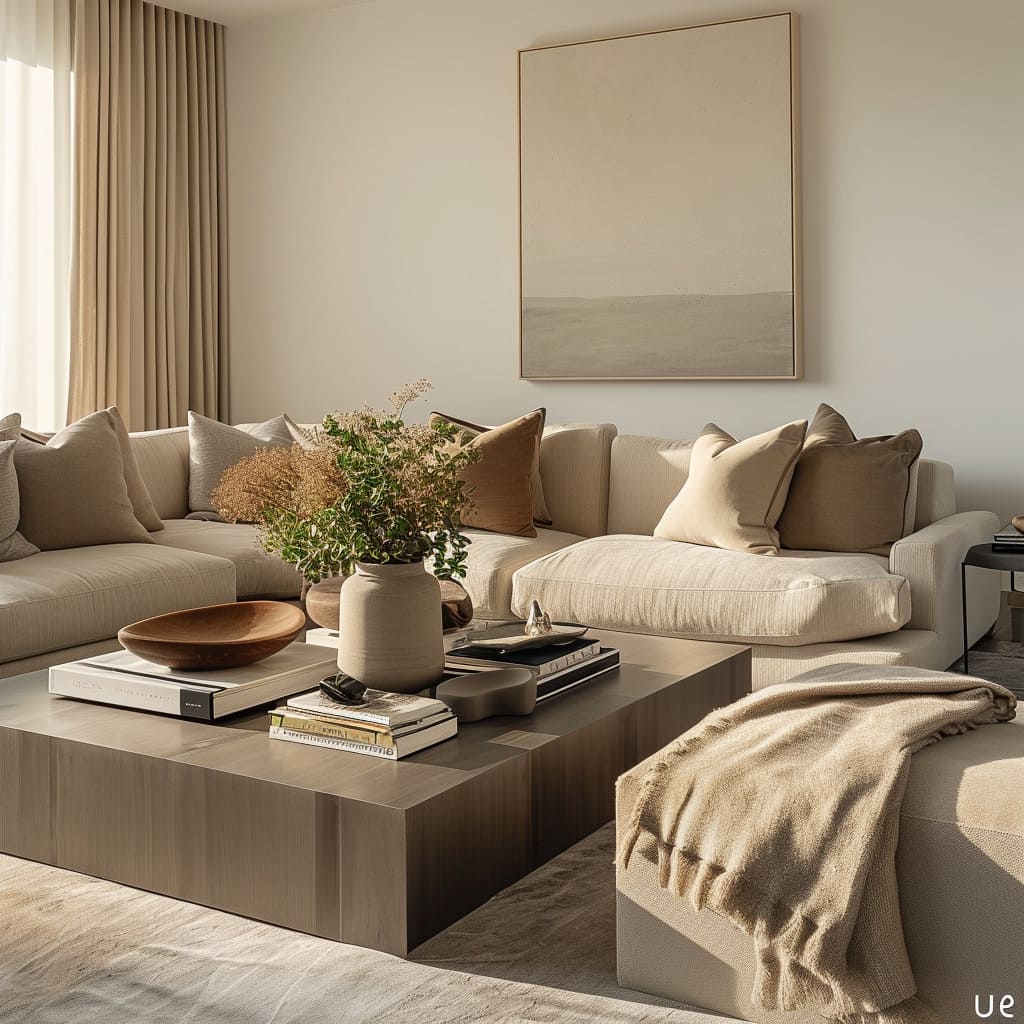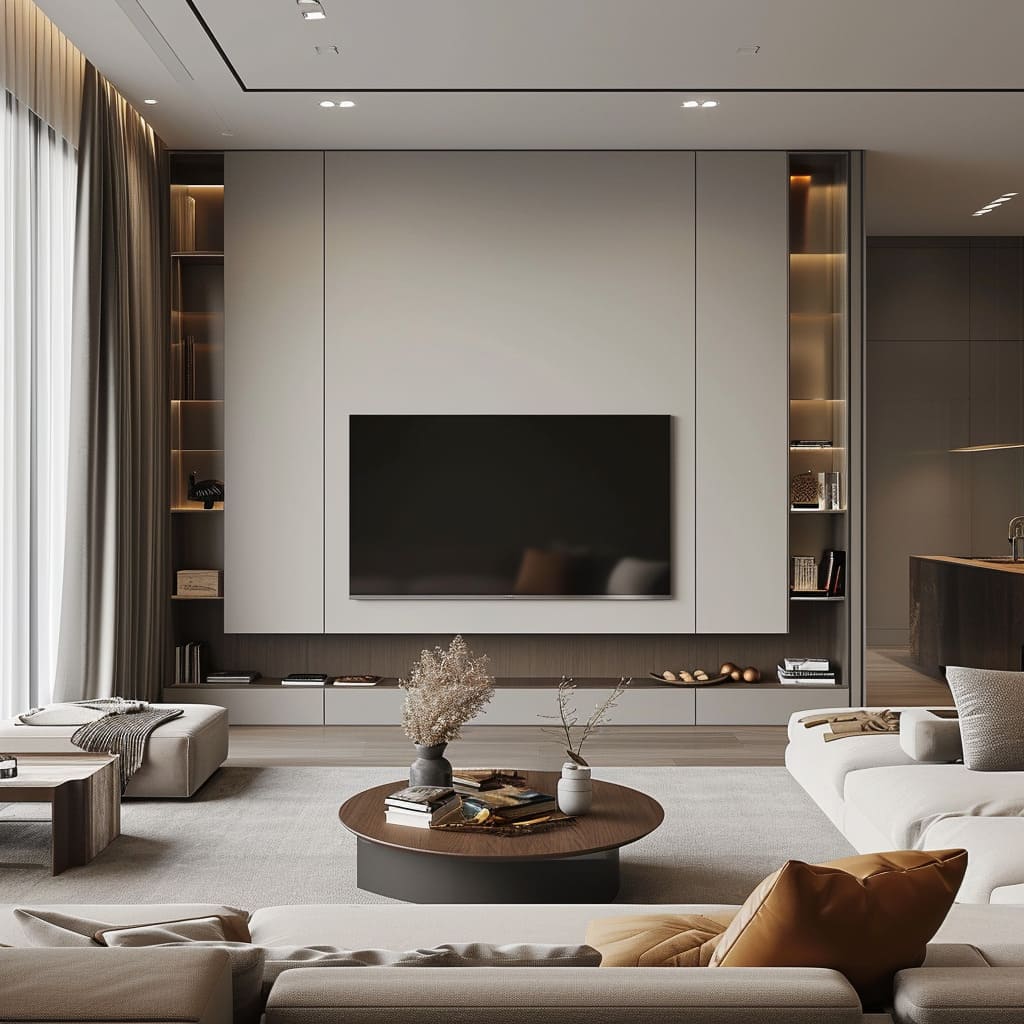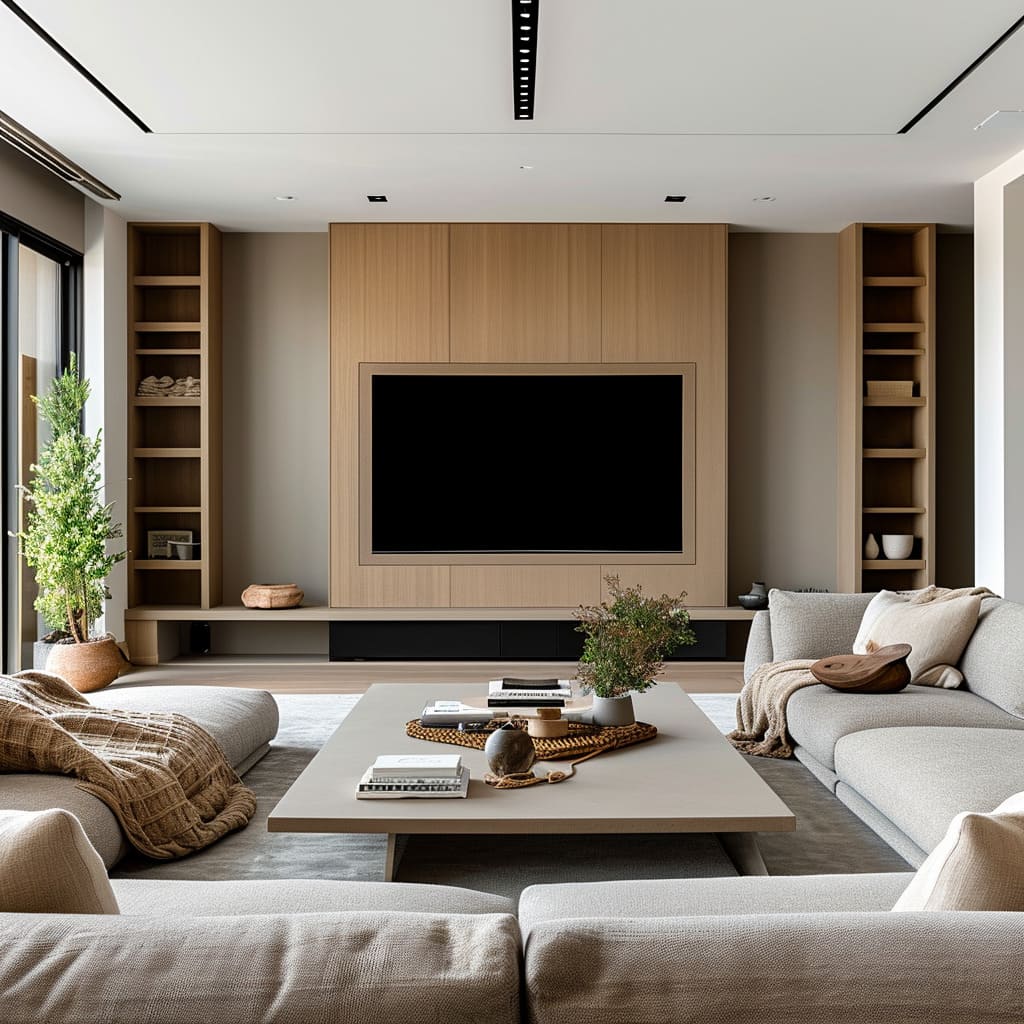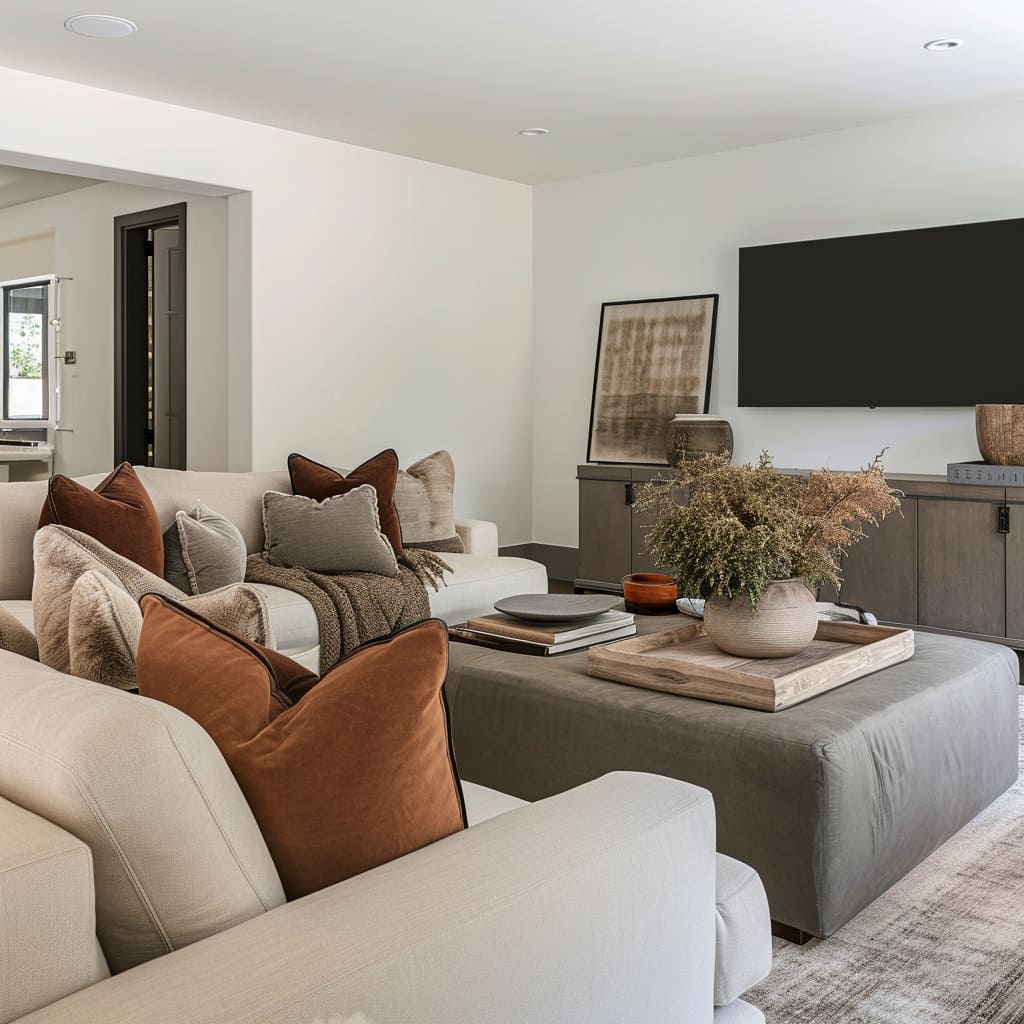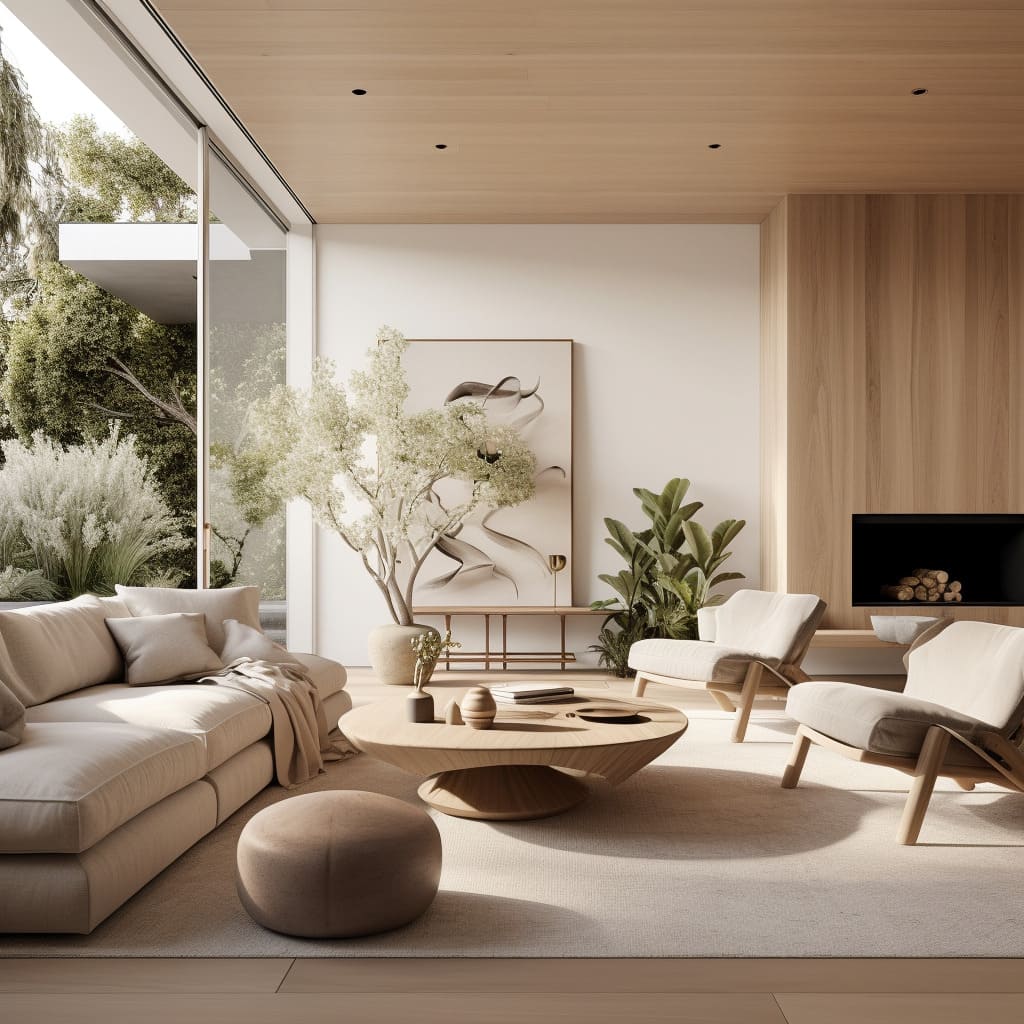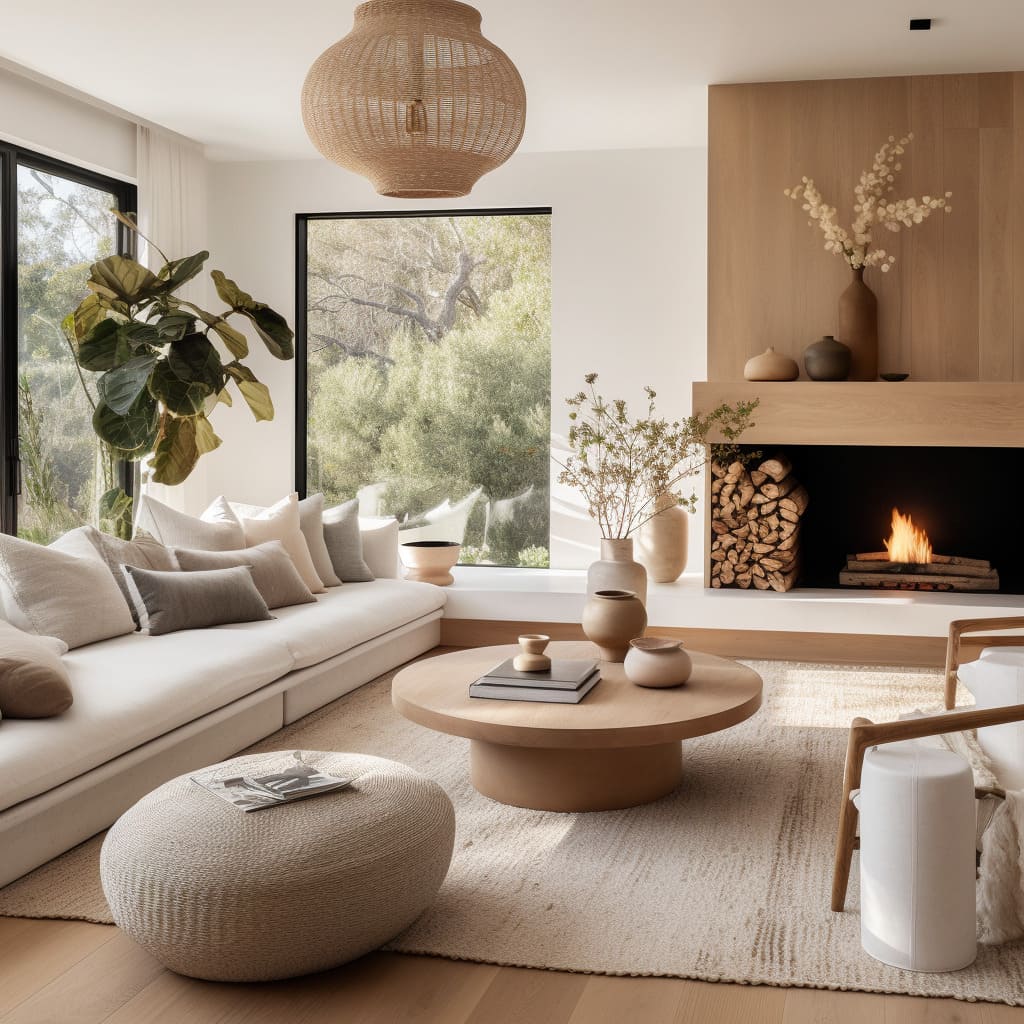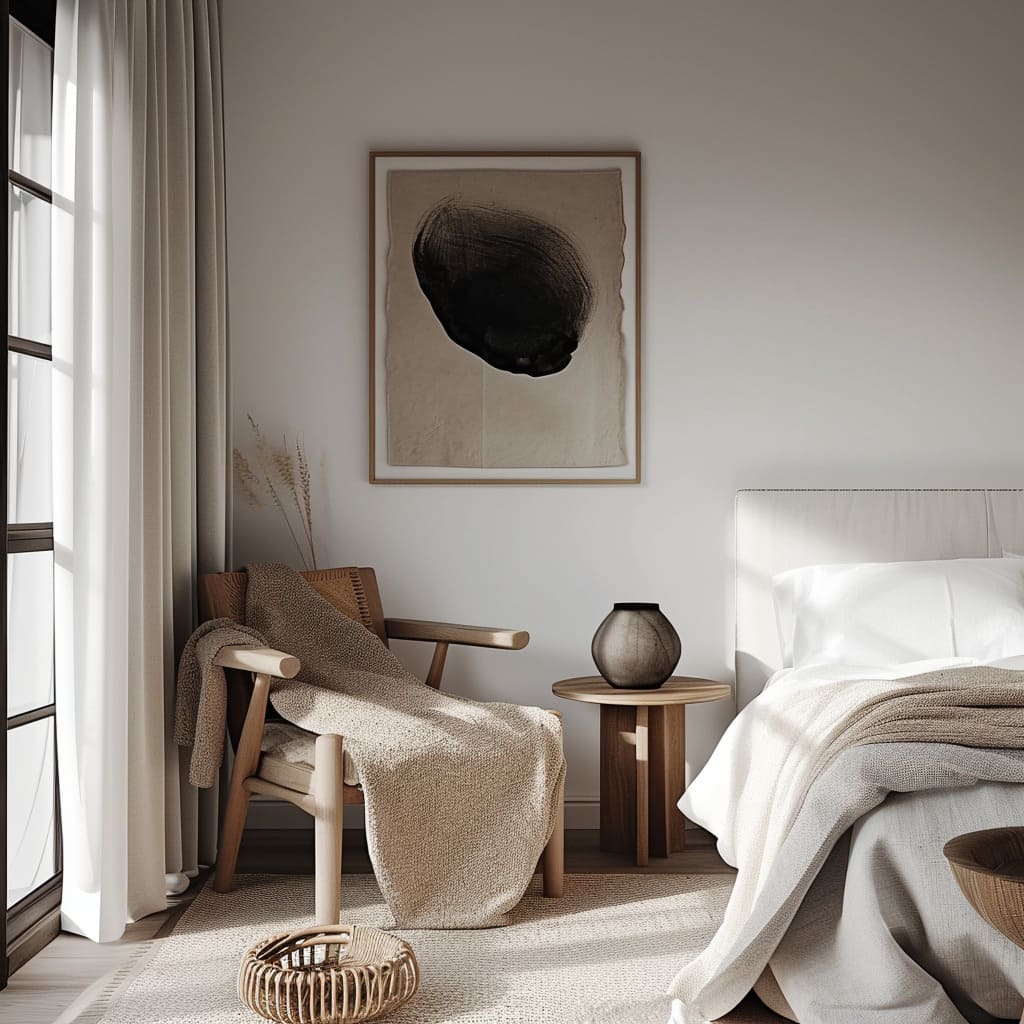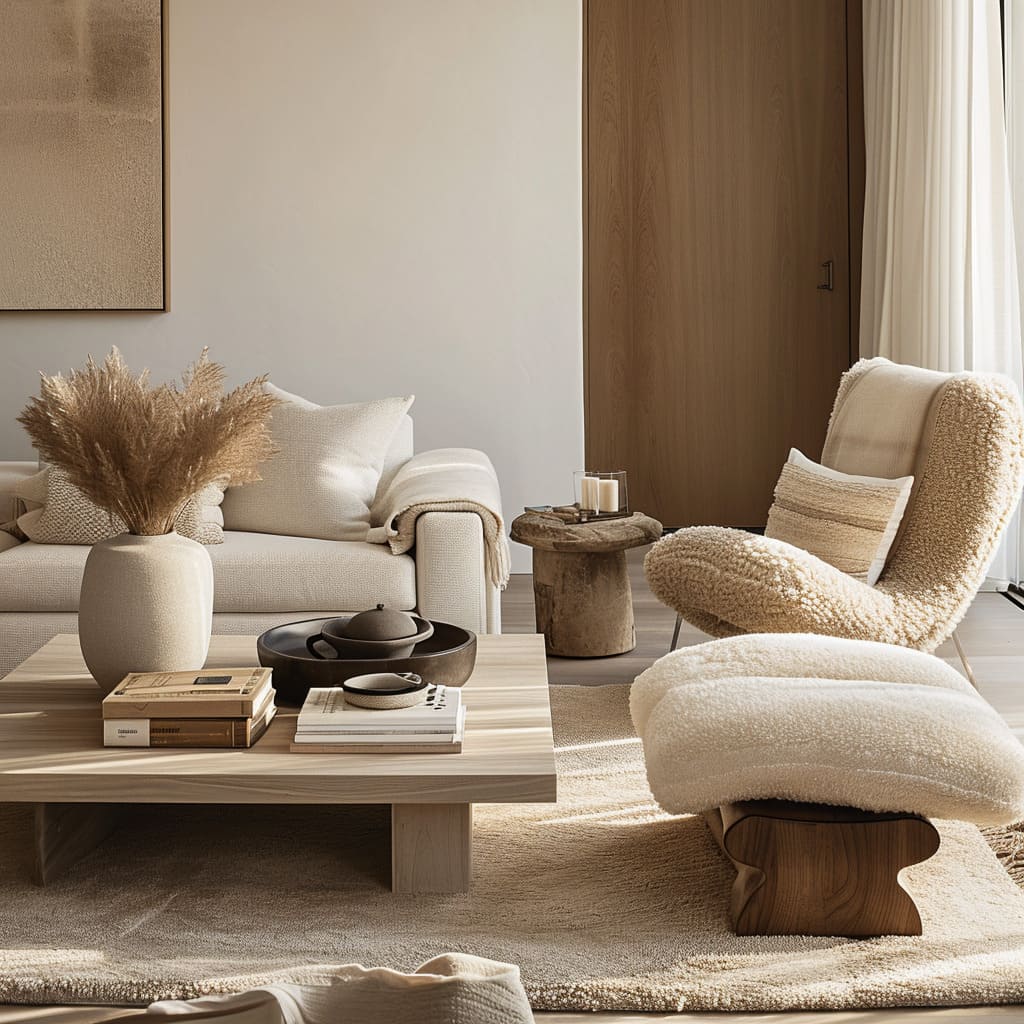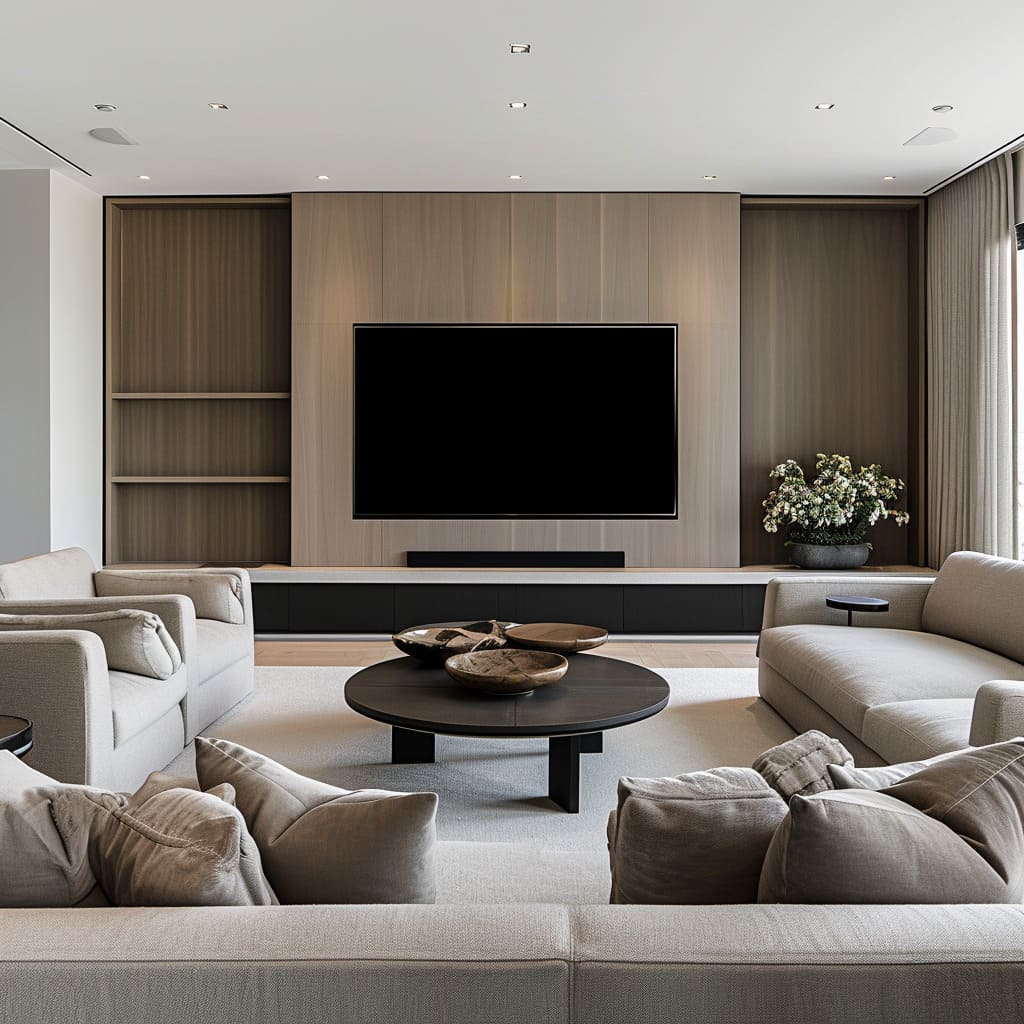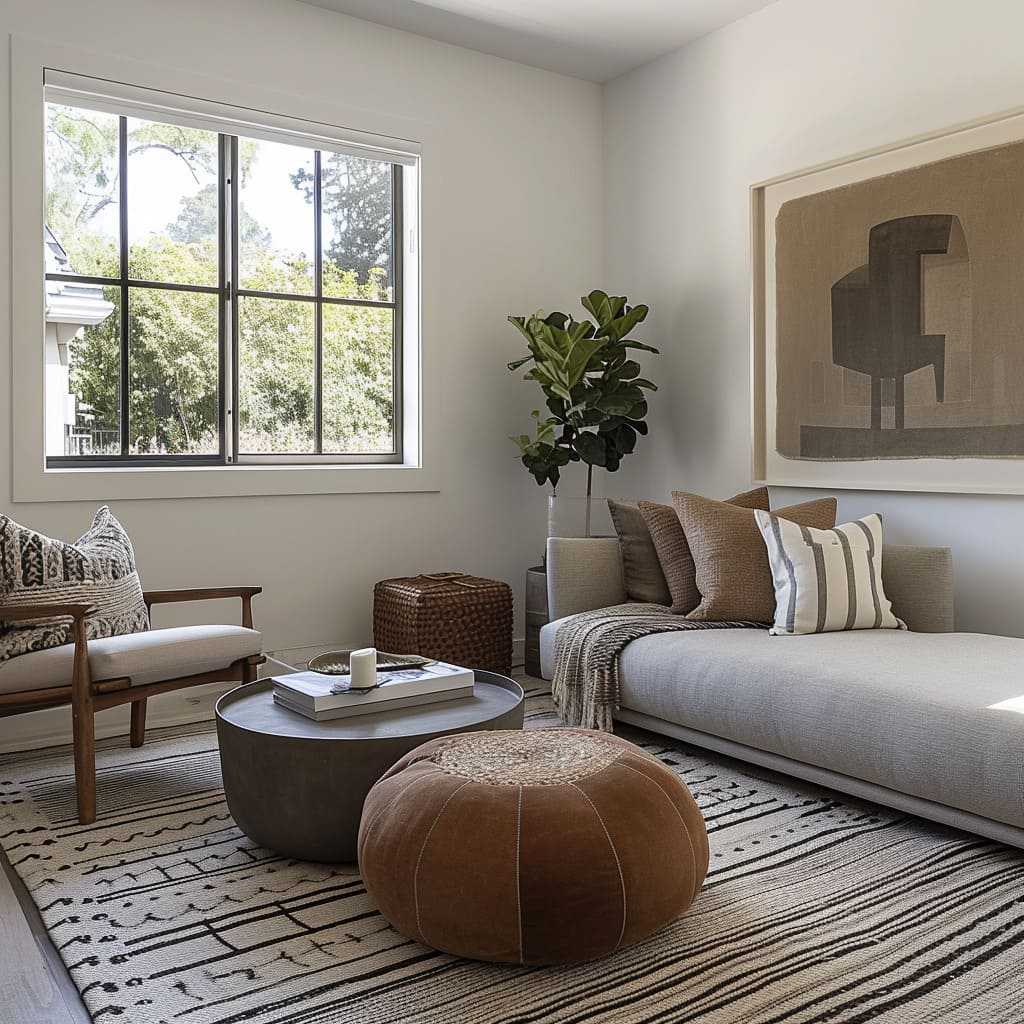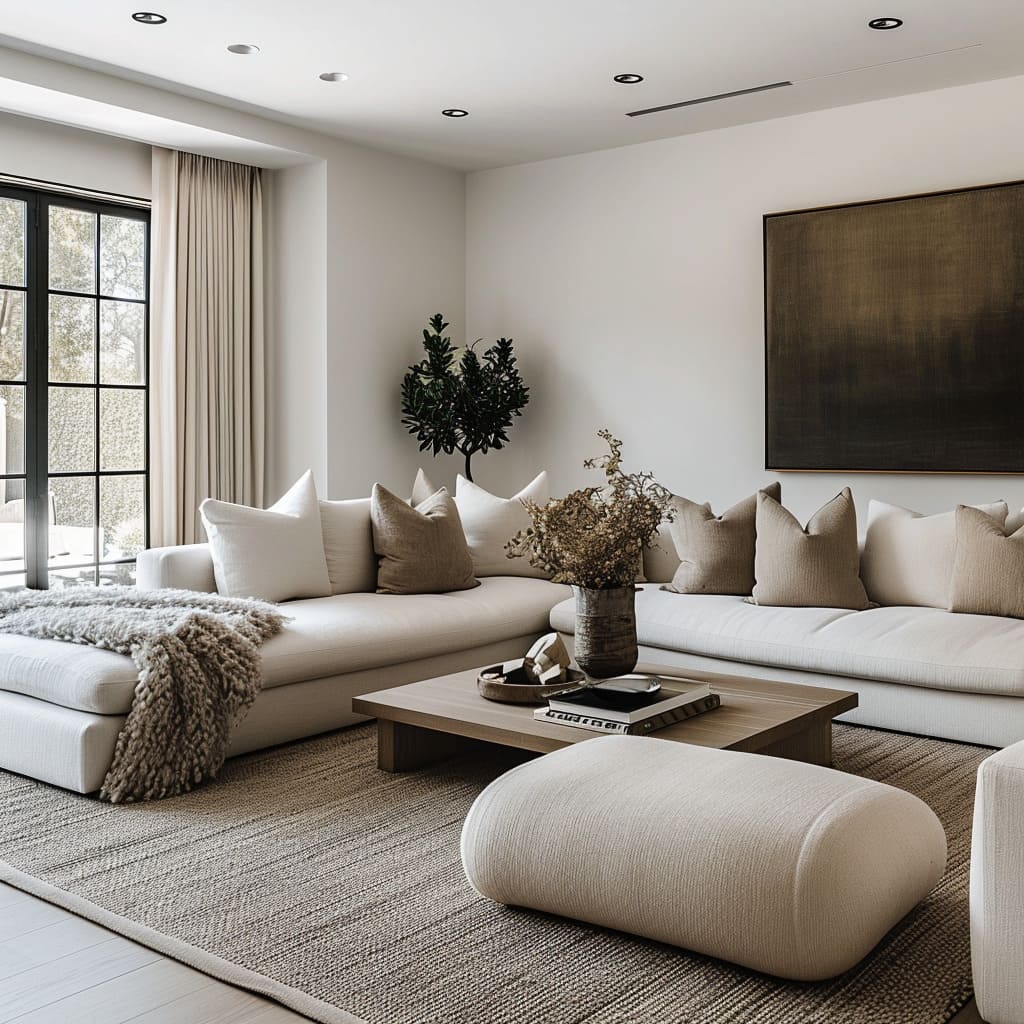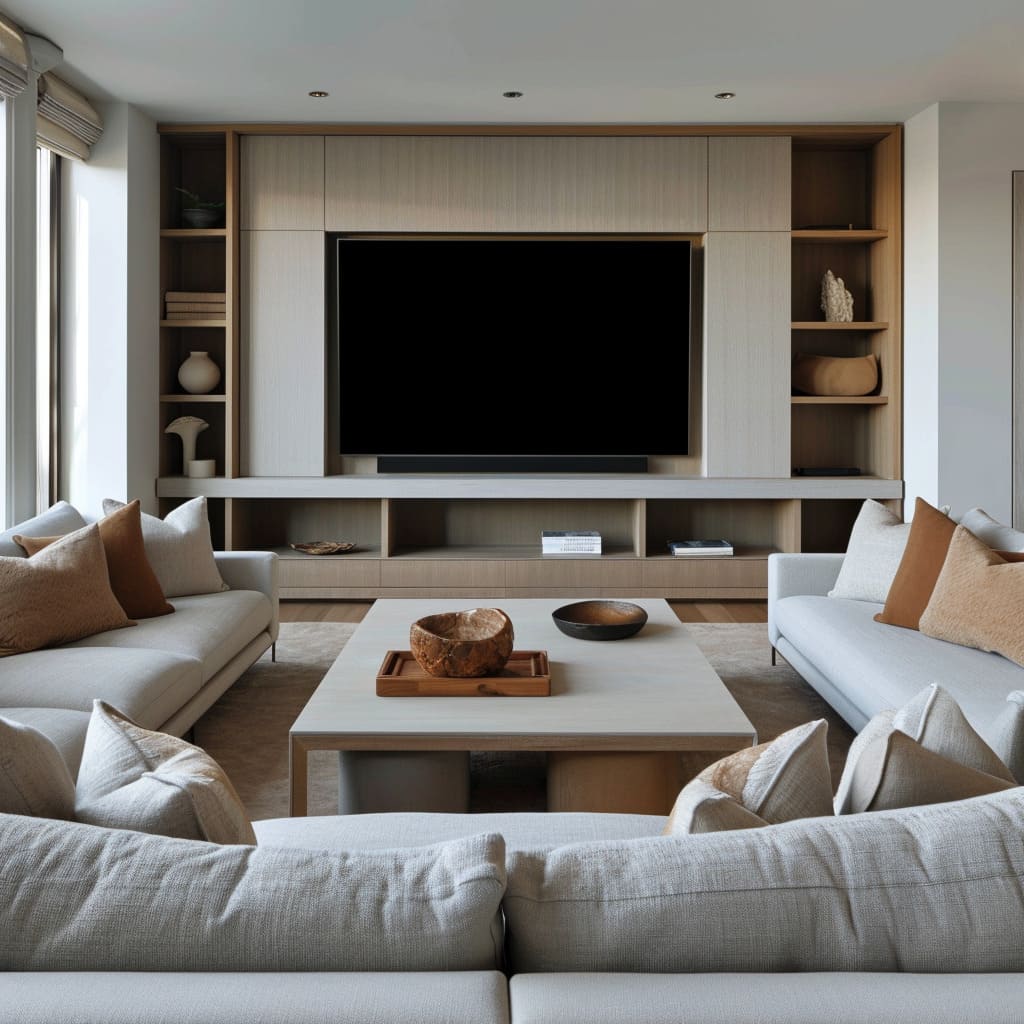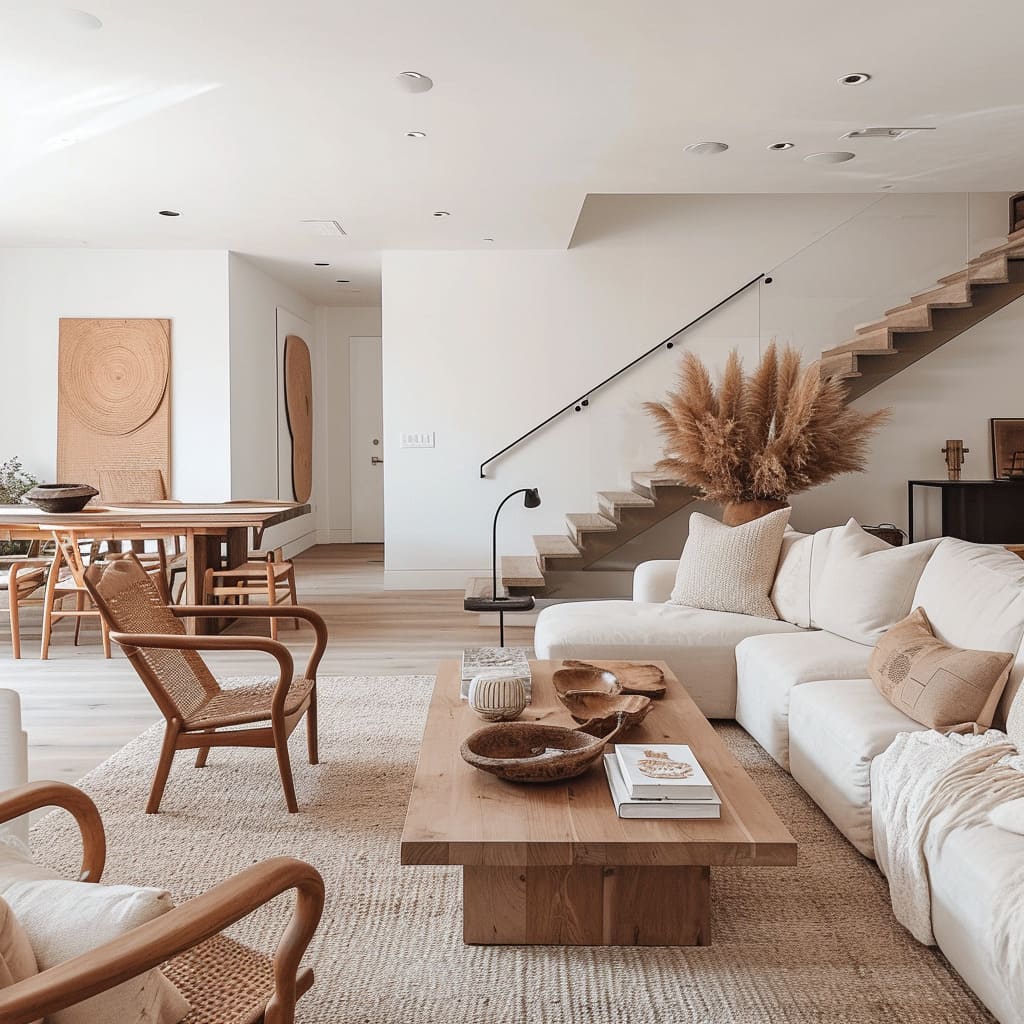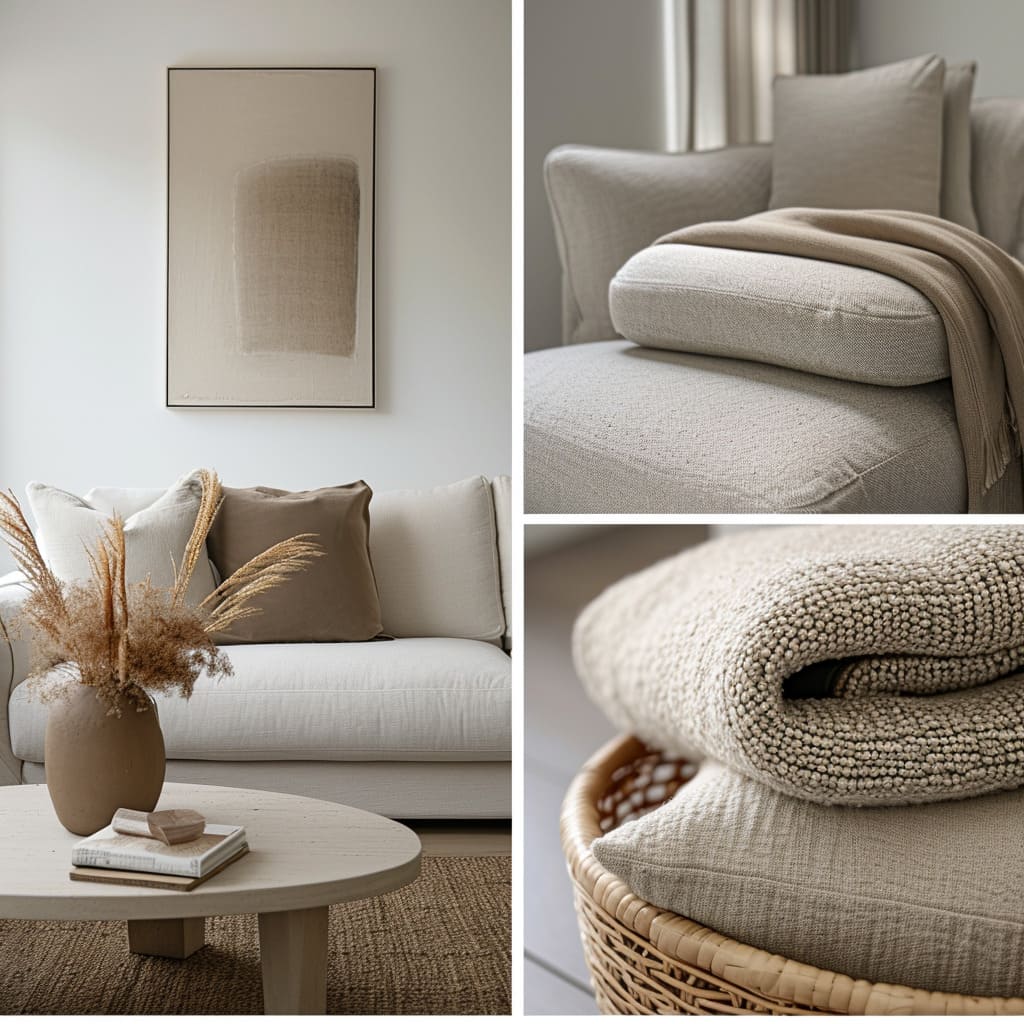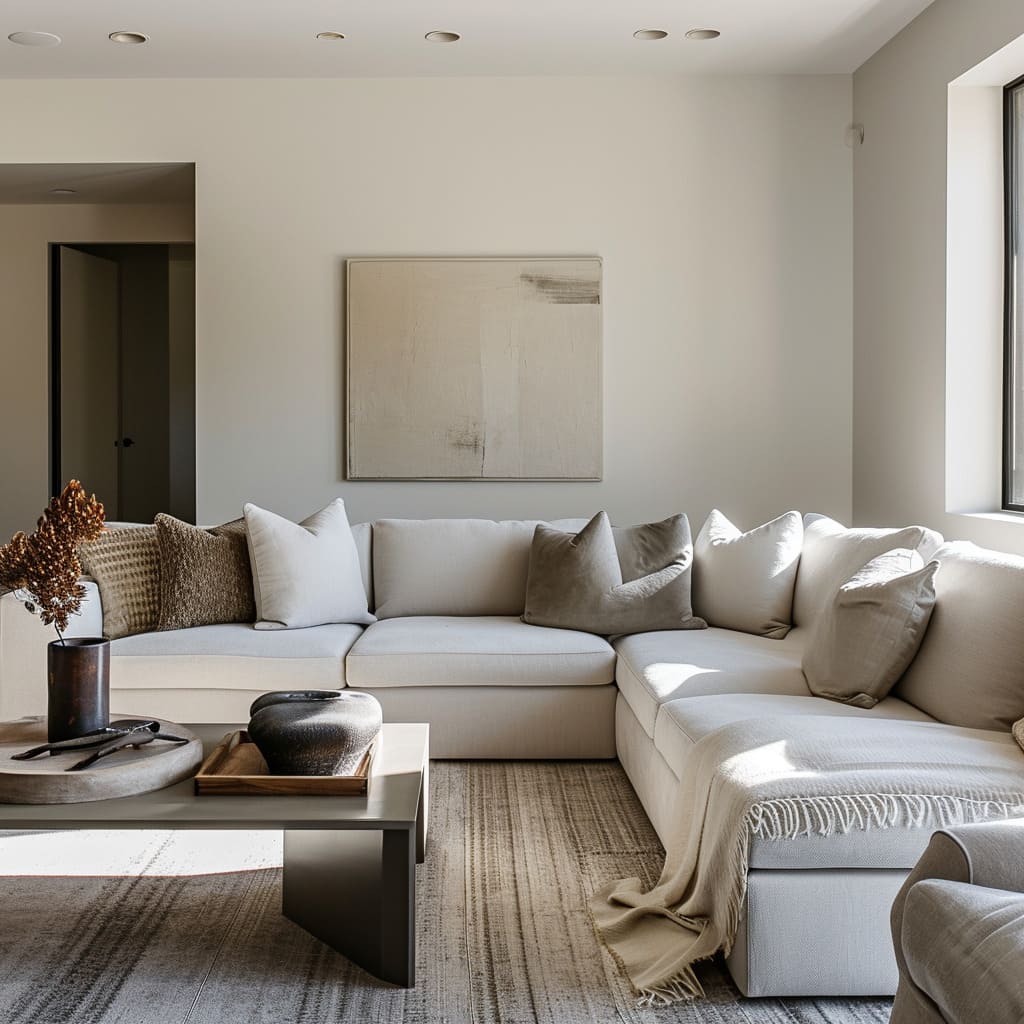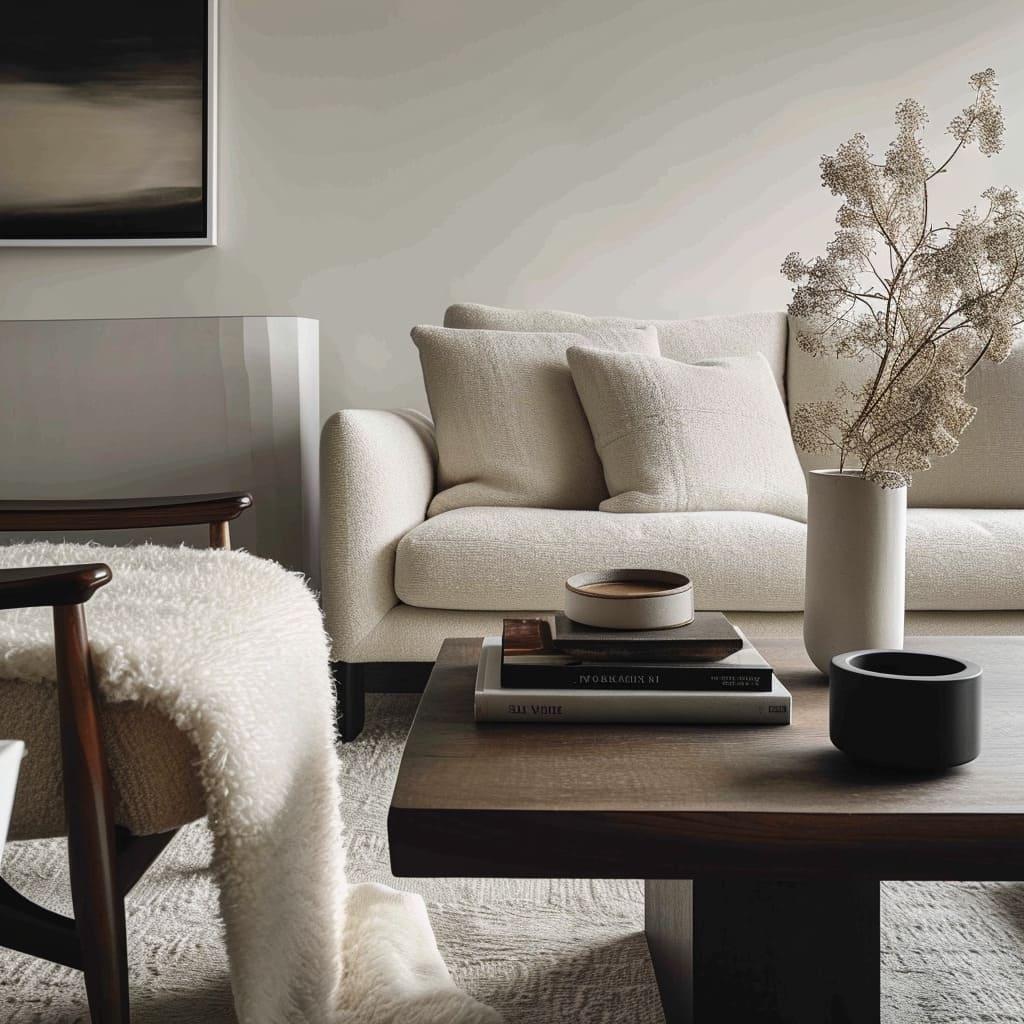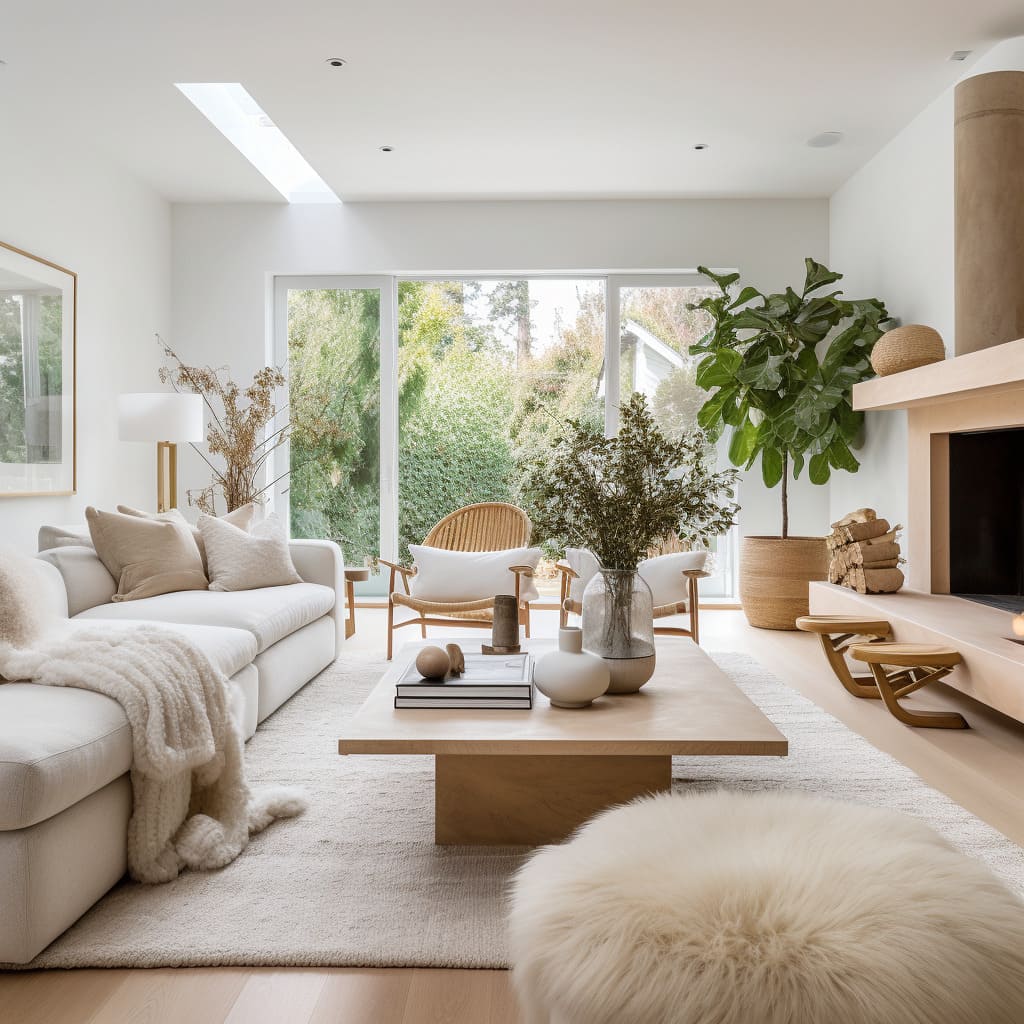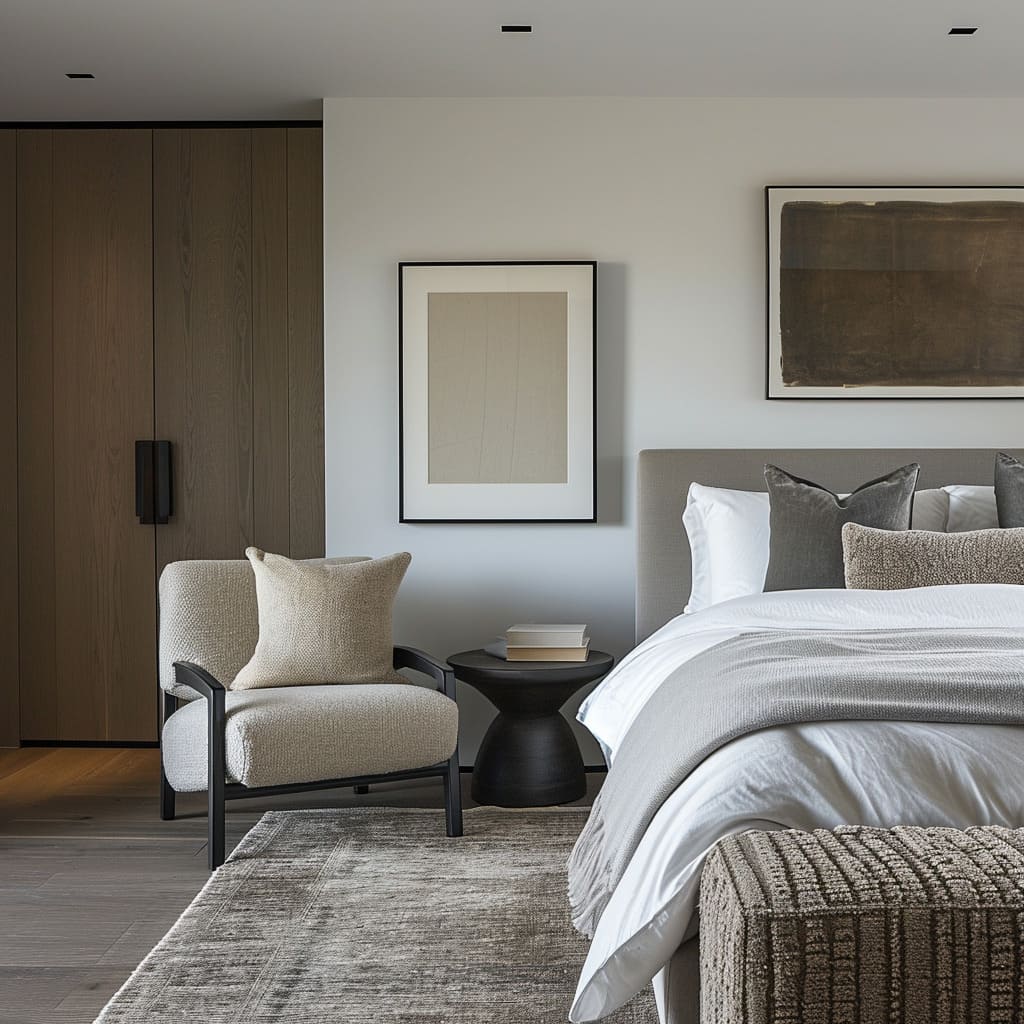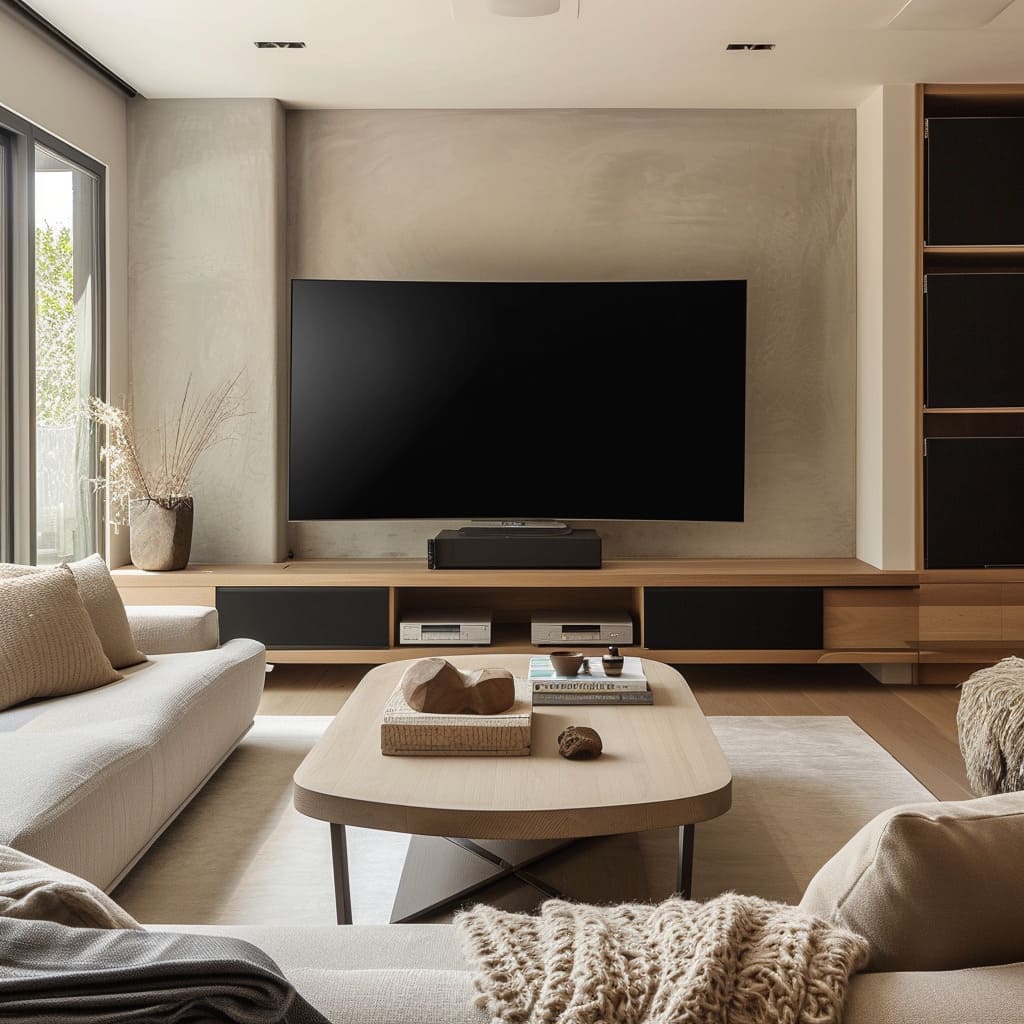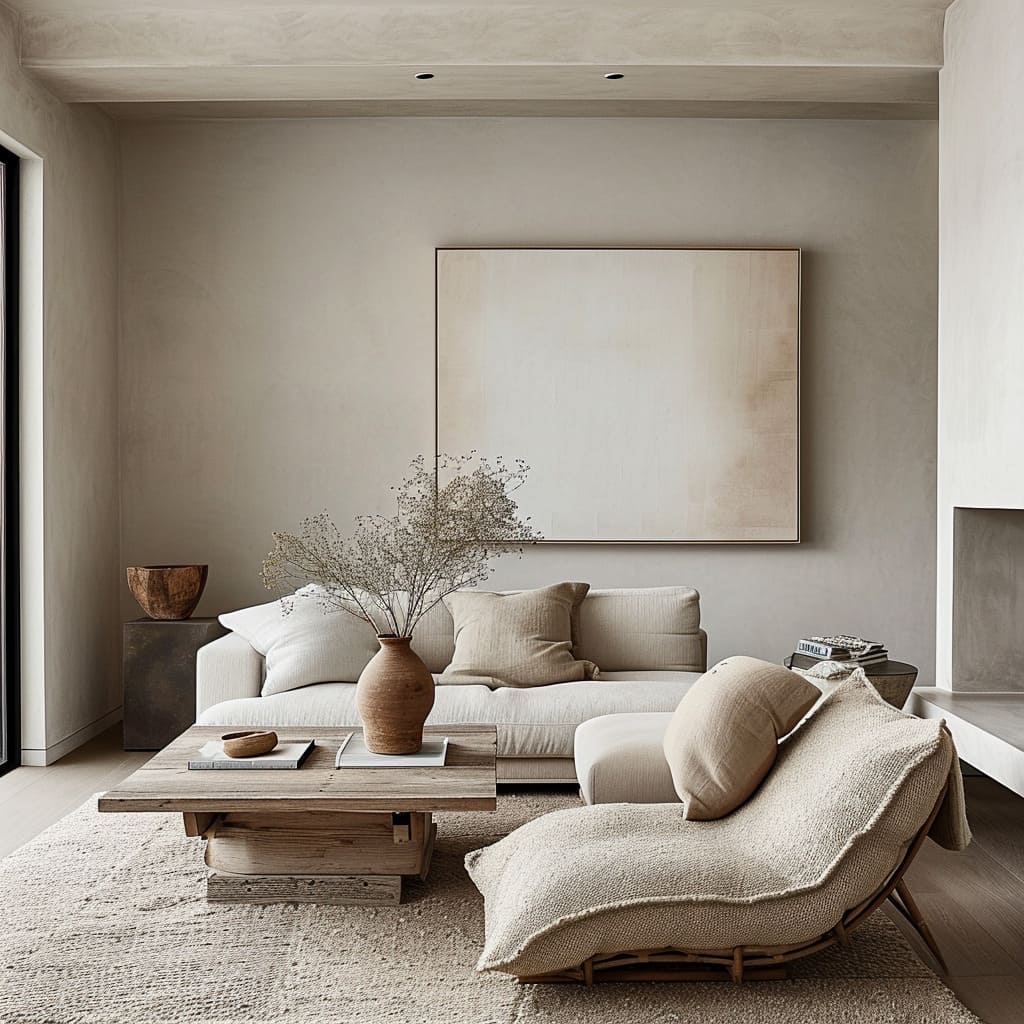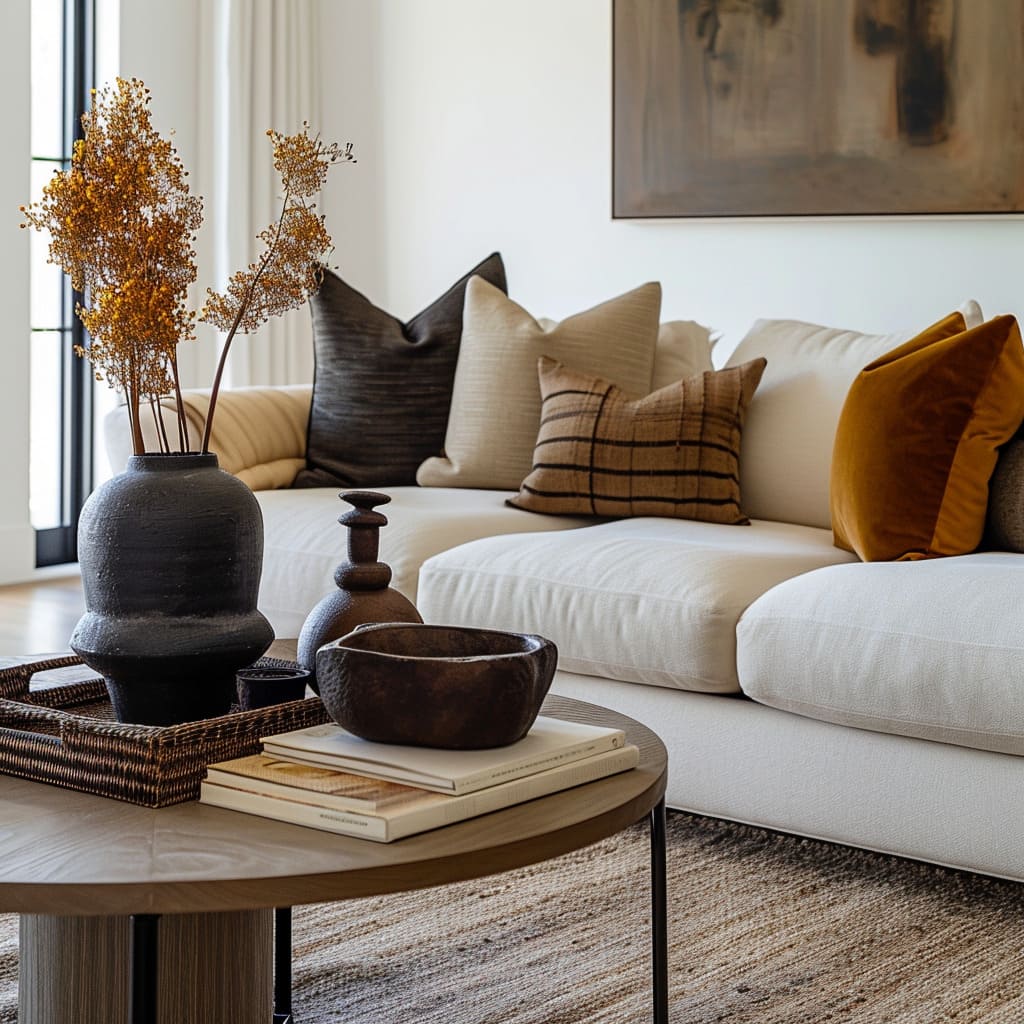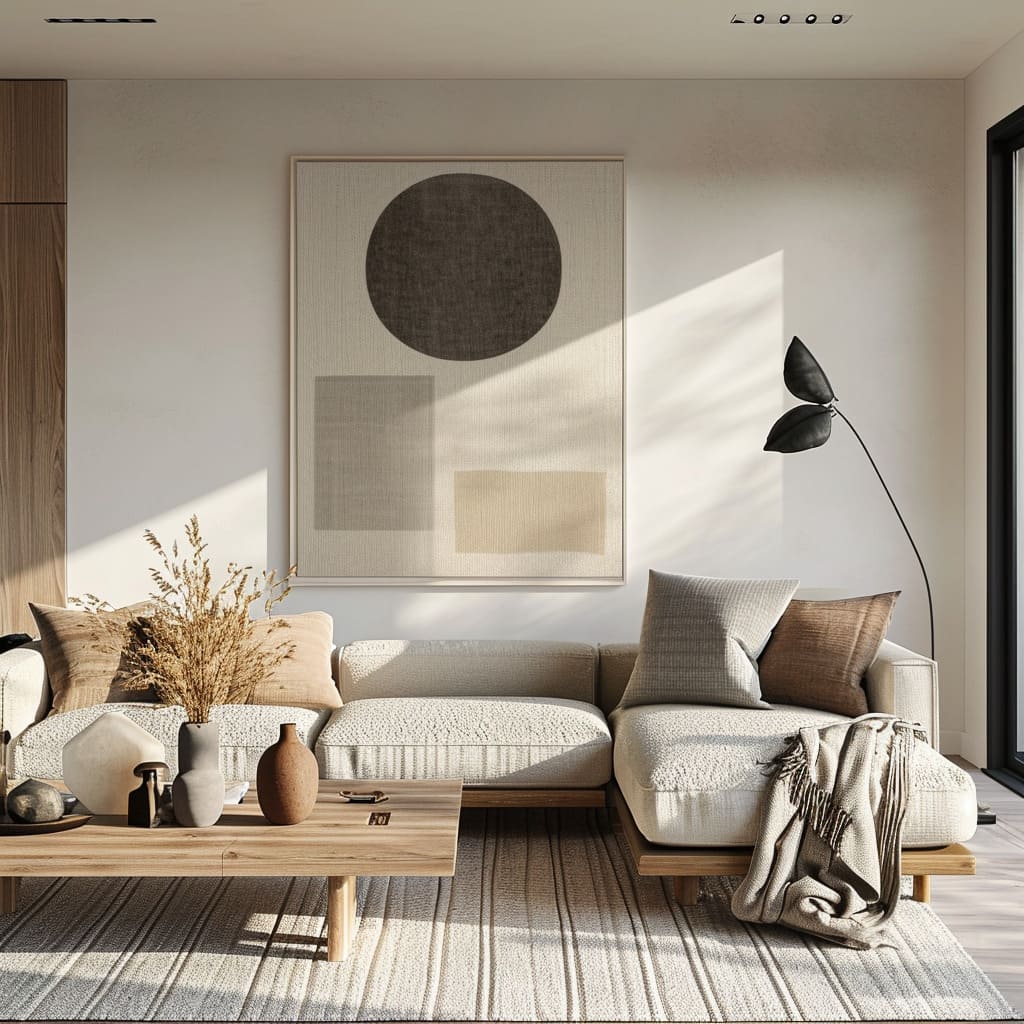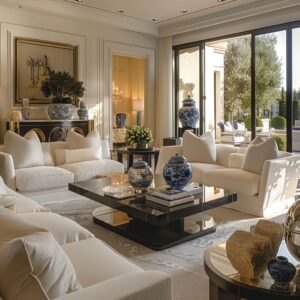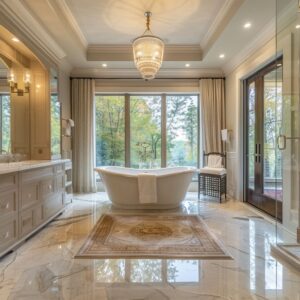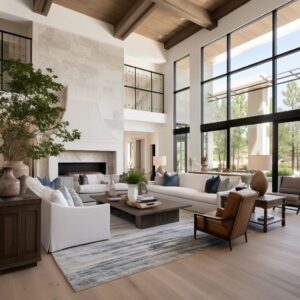Scandinavian interior design, with its understated elegance and functional beauty, has captivated the world. Emerging from the Nordic countries of Sweden, Norway, Denmark, Finland, and Iceland, this design aesthetic is characterized by its simplicity, minimalism, and connection to the natural environment.
The philosophy behind Scandinavian design goes beyond mere appearance; it is a lifestyle choice that emphasizes balance, light, and well-being. In this article, we delve into the core elements that make up the serene and timeless appeal of Scandinavian interiors, exploring how each aspect contributes to creating spaces that are not only stylish but also sustainable, comfortable, and harmonious.
The essence of Scandinavian home designs lies in their ability to blend form and function seamlessly, marrying the practical needs of daily life with a clean, light-filled, and cozy atmosphere. From the color schemes that evoke a sense of calm to the eco-friendly practices in scandinavian decor living room that underpin the choice of materials, every detail in a Scandinavian-style home is thoughtfully curated to enhance the quality of life.
As we unravel the layers of this design style, we discover how it fosters a sense of tranquility, unity, and comfort—principles that are now more desirable than ever in our fast-paced and complex world. Join us as we explore the main features of Scandinavian-inspired modern interior design and uncover the secrets to creating a space that is as beautiful as it is livable.
Streamlined Aesthetics
There’s an emphasis on keeping the nordic home decor uncluttered and simplistic. This isn’t to say that Scandinavian interiors are bare; rather, every item is carefully curated with a focus on quality over quantity.
The minimalistic approach in Scandinavian design is closely linked to the concept of lagom, a Swedish word meaning just the right amount. It is about finding balance and perfect proportion, which is reflected in the careful selection of objects and furniture.
This philosophy ensures that each piece in a room has a purpose and a place, contributing to a sense of order and tranquility. The minimalistic design is not about emptiness, but rather about the perfect balance of elements that create a harmonious and functional space.
Warm Textiles
To counterbalance the minimalistic and often cool color palette, cosy warm textiles like throw blankets and rugs are used. They’re typically in natural fibers and neutral colors.
The textiles chosen in Scandinavian design often feature organic patterns and textures that bring an element of the outside world into the home. This could be through the use of sheepskin throws, chunky knit blankets, or linen textiles that add a touch of rustic charm.
The warmth provided by these textiles is not just physical but also visual, as they soften the clean lines of the furniture and add a layer of comfort that invites relaxation and a sense of homeliness.
Embroidery plays a significant role in enhancing the aesthetic of Scandinavian interiors, providing an artful contrast to the minimalistic design elements. For those not familiar with textile embroidery, it employs the same techniques used in creating embroidery patches— a concept widely recognized in fashion and branding. Embroidery adds intricate details and a personal touch, elevating simple textiles into pieces of art.
This technique can introduce color and pattern in a subtle way that complements the neutral palette of Scandinavian decor. From delicate floral designs to abstract geometric patterns, embroidery offers endless possibilities for customization and creativity.
Many might be familiar with the variety of Embroidery Patches seen on uniforms, bags, and hats. These patches range from simple logo designs to elaborate, multi-colored representations. Similarly, in interior design, embroidered textiles use comparable methods to incorporate unique, tactile designs that enhance the visual and textural interest of a room. This similarity highlights how traditional techniques can be adapted to modern aesthetics, enriching the environment and adding layers of visual warmth.
Soft Color Palette
The color palette in nordic decor tends to be very light and simple, with whites, grays, and other muted tones dominating the spaces. This creates a clean, calm, and serene ambiance, which is a hallmark of Scandinavian design.
Beyond creating a tranquil environment, the use of neutral colors serves as a versatile backdrop that allows for flexibility in decor changes without overwhelming the space. This choice also reflects the Nordic climate and landscapes, often dominated by snow and rock, and brings that external environment indoors.
Furthermore, the neutral color palette stands as a canvas, enabling textures and natural elements to take center stage, providing depth and warmth without the need for bold color.
Ready to See What Your Budget Can Buy?
Not Sure What Your Budget Covers? Enter Details for Quick Answers!
[budget_renovation_calculator]
Abundance of Daylight
Large windows are a common feature in swedish home design, allowing for ample natural light to flow into the space. The design often maximizes light at every opportunity, which is important given the long winters in Nordic countries.
The focus on natural light goes beyond just the functional aspect; it’s a nod to the Scandinavian appreciation for the outdoors and the changing seasons. The quality, angle, and play of light are considered carefully, often incorporating reflective surfaces to bounce light around rooms and enhance the sense of space.
In addition to windows, skylights and strategically placed mirrors are commonly used to increase the presence of daylight, contributing to the residents’ well-being by synchronizing with the natural light-dark cycle.
Purposeful Furnishings
Furniture pieces in Scandinavian design are chosen for both their aesthetic appeal and their functionality. They often have a modern, sleek look with clean lines, and are usually made of natural materials like wood.
Scandinavian furniture design often reflects a deep appreciation for craftsmanship and heritage. Many pieces are designed to be as beautiful as they are practical, with a timeless quality that allows them to endure stylistically and physically through generations.
The functionality also extends to multi-purpose use, with many items designed to serve more than one function, reflecting the efficient use of space that is often required in the compact living conditions of urban Swedish home environments.
Wood and Other Natural Materials
Wood, particularly lighter shades, is prominently featured in scandi house design for flooring, furniture, and accents. It brings cosy warmth and organic texture into the spaces.
Other materials like wool, linen, and leather in natural colors are also common.
The preference for wood and other natural materials is also rooted in the Scandinavian connection to nature. This relationship is not merely aesthetic but is part of a broader cultural respect for the environment.
Utilizing materials that are renewable and locally sourced is common, which also supports the region’s sustainability ethos. In Scandinavian interiors, it’s not uncommon to find that the materials used have been thoughtfully selected not just for their looks, but also for their tactile qualities, durability, and ability to age gracefully.
Botanical Accents
Adding plants is another way to bring warmth and life into a Scandinavian-style interior. They not only add a pop of color but also enhance the indoor air quality.
In a region where winters can be harsh and long, incorporating plants and greenery into the Japandi interior is a way to maintain a connection with the cycles of nature year-round. It’s also a reflection of the Scandinavian value of living in harmony with the environment.
The plants chosen are often those that can thrive indoors with minimal care, reflecting the practical side of the design philosophy. They serve to purify the air and add a dynamic and organic contrast to the static elements within the room.
Moreover, the inclusion of greenery is a subtle nod to the outdoor landscapes, bringing a sense of life and growth into the interior spaces, which is especially appreciated during the darker months.
Artwork and Simple Decor
The layout favors open floor plans that combine different living areas to create a sense of spaciousness and flow. This openness also facilitates social interactions and a communal feel.
The preference for open spaces within Scandinavian design is also a reflection of social values. These spaces promote a more communal lifestyle, encouraging interaction among family members and guests.
The lack of barriers in an open-plan home facilitates a more democratic use of space, where activities are shared and communal living is valued. Additionally, open spaces in Scandinavian design are not just physically open but also visually unobstructed, with an emphasis on maintaining a visual flow that connects the various areas of the home seamlessly.
Contrast and Texture
While the color scheme may be neutral, contrast is achieved through textures and materials. Soft textiles may be paired with sleek metals or glass, and rough, natural wood may be juxtaposed with smooth, painted surfaces.
The interplay of contrast and texture in Scandinavian design introduces sensory richness into the space. It’s about creating interest and variety through subtlety rather than through boldness.
This approach extends to the juxtaposition of old and new, where contemporary design pieces are often paired with vintage finds, reflecting a respect for history and a story-rich environment. Textural contrasts also help to delineate different zones in open-plan spaces, using rugs or textiles to define areas without the need for physical partitions.
Light Fixtures
Lighting is key in Scandinavian design, with a variety of light sources used to create a warm and inviting atmosphere. Pendant lights, floor lamps, and sconces are often modern in design but made from materials that give a nod to nature.
The light fixtures in Skandinavia contemporary interiors are often works of art in themselves, designed to cast both illumination and shadows in ways that enhance the mood of the space. They are carefully selected to complement the natural light at different times of the day, ensuring that the quality of light is always optimal.
The designs of these fixtures are frequently inspired by nature, with organic shapes and materials that reflect the landscapes of Scandinavia. The functionality of lighting is also key, with adjustable features that allow for the customization of brightness and direction, depending on the time of day or the activity taking place.
Sustainability and Eco-Friendliness
There is a strong emphasis on eco-friendly practices and sustainability, which is reflected in the choice of materials and the construction methods.
Beyond the initial selection of materials, Scandinavian design extends to the life cycle of the products used within the space. Designers favor items that are durable and can be easily repaired or recycled, reducing waste and the carbon footprint of the interior.
The layout of a room and the construction methods also take into account energy efficiency, often incorporating advancements in insulation and heating to reduce the environmental impact. Even in decorative choices, there’s a preference for artisans who use sustainable practices, creating a home environment that’s not only aesthetically pleasing but also ethically sound.
Moreover, the integration of eco-friendly technology, such as smart thermostats and LED lighting, is a modern take on this traditional design ethos, blending the old with the new to create a living space that is both forward-thinking and respectful of the past. Indoor air quality is given special attention, with materials chosen for low volatile organic compound (VOC) emissions and the inclusion of air-purifying plants that further the connection to nature, a core Scandinavian value.
Functional Accessories
Accessories are not just decorative but also serve a purpose. This might include storage solutions that are built into the living spaces, like shelving units or cabinets that merge seamlessly with the walls.
In Scandinavian design, every element has a reason and place, with accessories often embodying multifunctional design. For example, a minimalist clock is not just a time-telling device but also serves as a focal point of design.
The selection of these items is intentional, avoiding clutter and maintaining the minimalist ethos. Even technological devices are chosen for their design as much as their function, ensuring they blend seamlessly into the space rather than disrupt it.
Storage is creatively integrated into living spaces, with built-in units that maintain the sleek lines and open feel of the room. The idea is to have a place for everything, contributing to the orderly tranquility of the space.
Even small spaces are maximized, with accessories like magnetic knife strips in the kitchen or hanging organizers in closets, reflecting a clever use of space that is both practical and visually appealing.
Design Unity
Despite each item being distinct, there’s a sense of cohesion in Scandinavian interiors, where every element feels like part of a unified whole. The Scandinavian design philosophy values a harmonious relationship between all elements of a space.
This is achieved through a deliberate repetition of styles and materials, creating a visual rhythm that ties separate pieces together. For instance, the wood used in flooring may be echoed in the furniture and even in smaller wooden accessories, providing a sense of unity.
The color palette, though primarily neutral, is carefully selected to complement and subtly repeat throughout the space, whether it’s in the textiles, wall color, or artwork.
This coherence extends to the architectural elements as well, where even the lines and forms of the space are thought out to maintain a continuity of design. Doorways, windows, and ceilings contribute to an overarching aesthetic that is consistent and fluid.
The attention to detail ensures that from the moment one enters a Scandinavian-inspired home, there is an unmistakable sense of interconnectivity between each design element, creating a calm and cohesive environment.
Homely Ambiance
Above all, Scandinavian design seeks to create spaces that are comfortable and inviting. The simplicity of the design is meant to enhance the quality of life of the inhabitants.
The Scandinavian design’s minimalist approach never compromises on comfort. Sofas are plush and inviting, often accompanied by soft throws and cushions to create an inviting space to relax.
The design acknowledges the human need for warmth and refuge, especially in the colder Nordic climates, hence the abundance of warm Scandinavian living room textures and soft furnishings. The layout of furniture is also arranged to foster conviviality and ease of movement, emphasizing the social aspect of living spaces.
Lighting, too, is layered and designed to produce a gentle ambiance that soothes rather than startles. Dimmers and soft-glow lamps complement the natural light to create an atmosphere conducive to rest and relaxation.
In a Scandinavian home, the design is thoughtfully tailored to support daily habits and routines, ensuring that the space is not only beautiful but also practically serves the well-being of its inhabitants.
In conclusion, Scandinavian interior design transcends mere aesthetic to embrace a philosophy of living well. Through its celebration of light, space, and natural elements, it crafts interiors that are not just homes, but sanctuaries of simplicity and tranquility.
The commitment to sustainability and functionality ensures that these spaces are not only in vogue but also stand the test of time, providing comfort and utility in equal measure. By adopting the principles of Scandinavian design, we learn the art of creating harmony in our surroundings, proving that true elegance lies in the purity of design and the joy of living it brings into our daily lives.
Whether it’s through the careful selection of neutral colors, the strategic use of functional accessories, or the thoughtful curation of open, cohesive spaces, the essence of Scandinavian design offers a blueprint for living that is as mindful as it is beautiful.


